Ethena's USDe has seen rapid growth, reaching a $3 billion market cap in just four months, making it the fastest-growing crypto dollar to date.
Ethena employs a multi-faceted approach to collateral management, including the introduction of UStb backed by BlackRock's BUIDL fund, liquid stables, and a reserve fund.
The protocol has a comprehensive expansion strategy, including product diversification (UStb), multichain expansion with LayerZero, building the Ethena Network, and partnering with centralized exchanges like Bybit.
The stablecoin market is evolving, with new players entering and existing ones expanding their offerings, driven by diverse use cases such as trading settlement, DeFi collateral, and payments.
Stablecoins have found a clear product-market fit in the crypto industry, as evidenced by impressive statistics. With over $30B in daily transaction volume, $170B in circulating supply, and 27M monthly active wallets, their adoption is undeniable.
Stablecoin issuers are reaping substantial rewards. Tether, the company behind USDT, stunned the financial sector with a net operating profit of $1.3 billion in Q2 2024—outperforming many traditional financial firms.
This success extends beyond established players. New entrants like Ethena and PayPal's PYUSD have quickly made their mark. Ethena had surpassed $3B in circulating supply and generated over $75M in fee revenue since its December 2023 launch. The protocol is actively diversifying its stablecoin products, introducing $UStb (backed by BlackRock's US Treasury Bill fund), and plans to launch its own network where apps are built on USDe.
The stablecoin landscape is evolving rapidly. Mere issuance no longer guarantees adoption. Factors such as distribution channels, yield sources, and primary use cases are now crucial. The competition has expanded beyond crypto startups to include financial giants like BlackRock and BitGo, as well as fintech leaders such as PayPal, Robinhood, and Revolut.
We're on the brink of a "Stablecoin War." To understand its potential trajectory, we must examine three key aspects:
The recent success story of Ethena's USDe to understand the key success factors of emerging synthetic dollar.
Classification of 20+ emerging protocols and potential risks
The ultimate use cases for stablecoins
Let's explore each section, beginning with "Case Study on Ethena—The Fastest Growing Crypto Dollar"
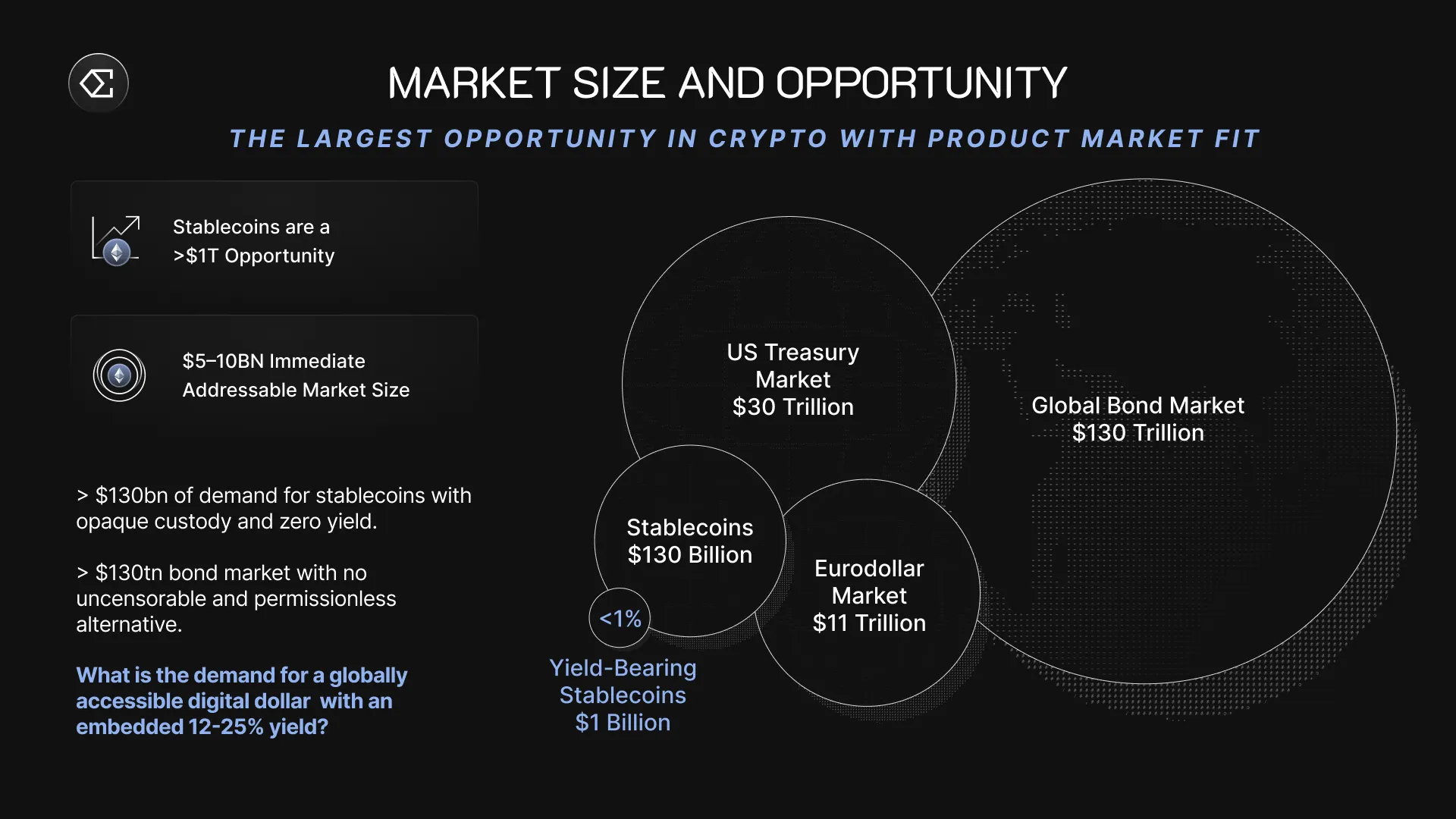
Source: Size of the Opportunity | Ethena Labs
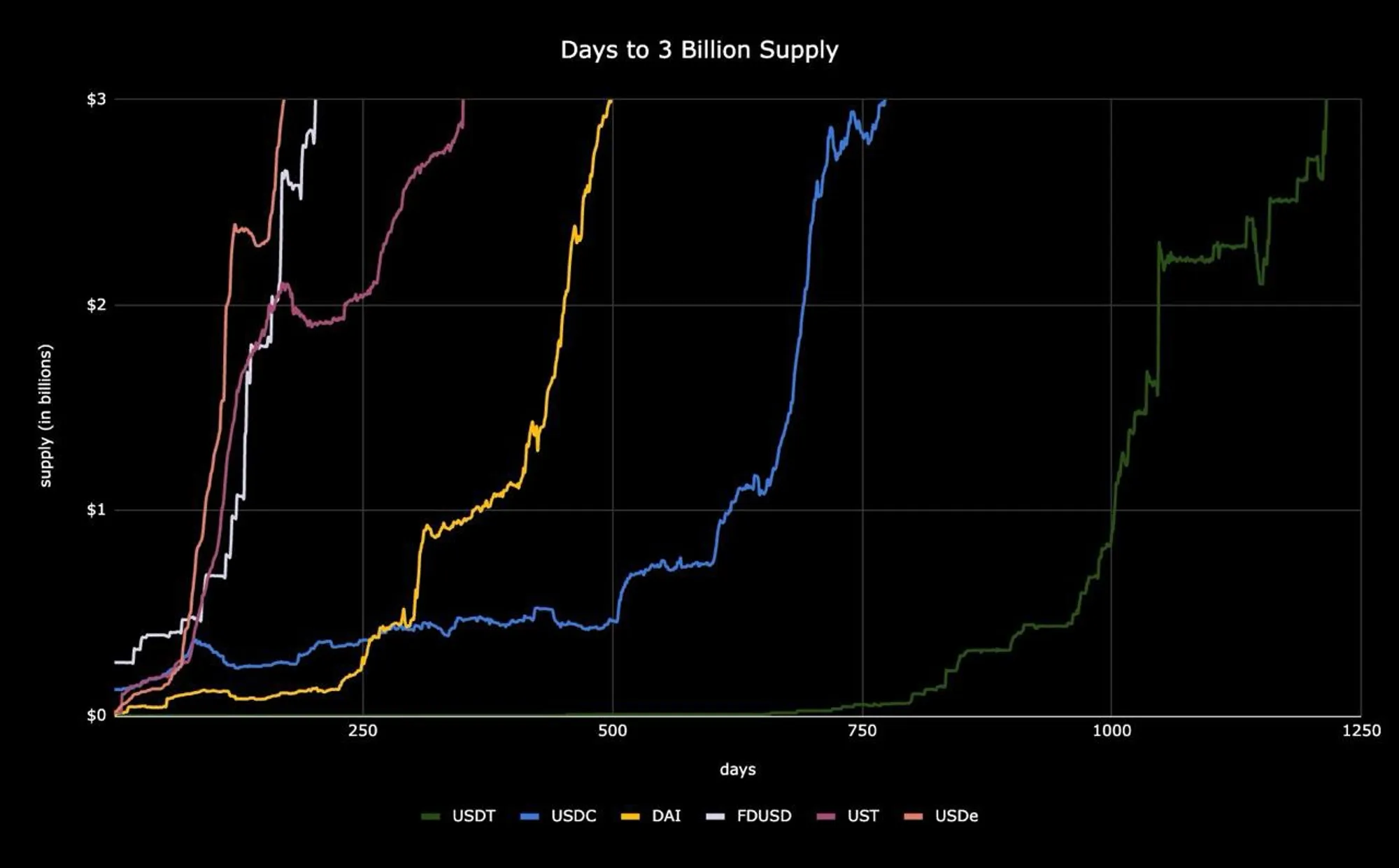
Source: X (@leptokurtic_)
Ethena's synthetic crypto-dollar, USDe, has seen extraordinary growth, reaching a $3 billion market cap in just four months. This rapid expansion makes it the fastest-growing crypto dollar to date, surpassing rivals like DAI, USDT, FDUSD, and USDC.
Let’s look into other key success factors in more detail including:
A unique high-yield strategy that can't be easily copied
Robust collateral management, with UStb supported by BlackRock and Liquid Stables
A comprehensive expansion plan that includes UStb (a US Treasury Bill-backed stablecoin) and Ethena Network
Firstly, how is USDe created? USDe maintains its value close to $1 through Ethena's delta-neutral hedging strategy. When users deposit ETH, staked ETH, or BTC as collateral to mint USDe, Ethena opens a short perpetual futures position for an equivalent dollar amount on derivatives exchanges. This creates a delta-neutral position where ETH and BTC collateral price fluctuations are offset by inverse movements in the short futures position. The strategy maintains stable value and uses centralized exchange liquidity to improve capital efficiency without over-collateralization.
This approach combines crypto-native solutions with off-chain opportunities, backing the coin with both crypto assets and short futures positions. Now, let's explore how yields are generated.
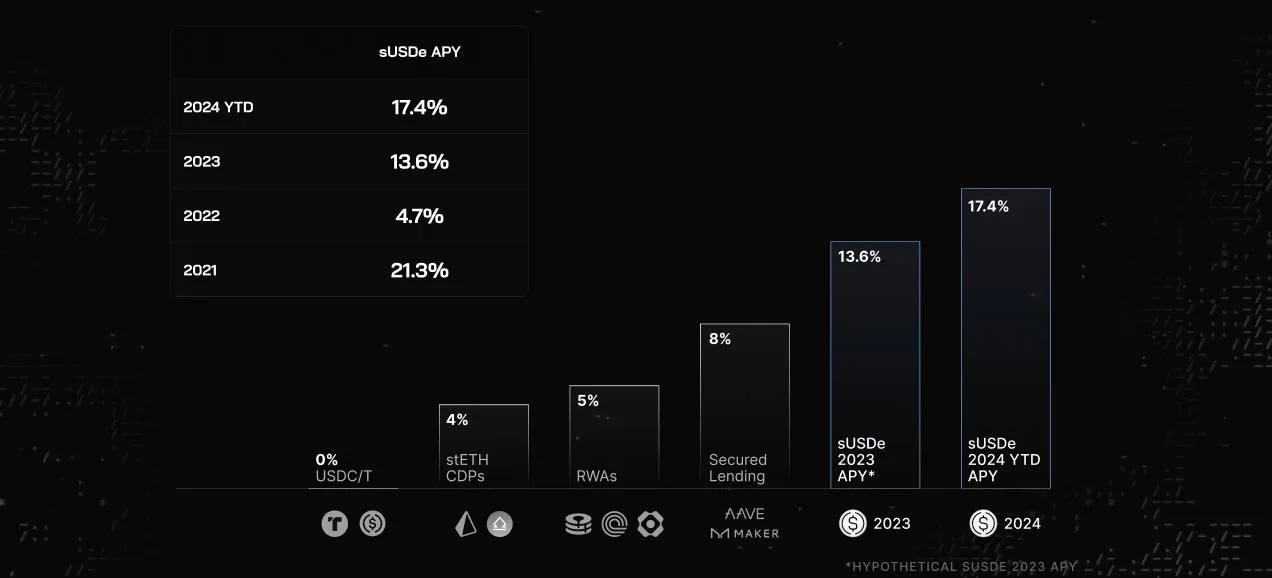
1.1.1 Three Source of Yields
Ethena's Staked USDe (sUSDe) is a yield-bearing token that users can obtain by staking their USDe tokens. This crypto-dollar token offers high yields through a combination of staking rewards and basis trading strategies.
sUSDe generates yield through three main sources:
Staking Rewards: It earns from underlying collateral like stETH (staked Ethereum), providing a base yield from Ethereum's proof-of-stake system.
Market Strategies (Delta-Neutral): It profits from funding and basis spread in perpetual and futures markets. Uses a delta-neutral approach with long positions in spot assets and short positions in perpetual futures. This approach allows the protocol to capitalize on typically positive funding rates, where long position holders pay short position holders.
Stable Coin Yields: Ethena generates fixed rewards from two stable coin sources. First, it earns from 295m USDC through Coinbase's loyalty program. Second, it receives income from 400m sUSDS via Sky protocol's (formerly known as Maker) borrowing fees.

1.1.2 Unforkable Yield Sources
Ethena's unique feature is its "unforkable" architecture for minting USDe and generating yield. Unlike most AMM DEXs, Ethena's structure can't be easily replicated. Traders conduct basis trading on major centralized exchanges (CEXs) like Binance, Bybit, and OKX. Meanwhile, collaterals are held by Off-Exchange Settlement (OES) providers such as Copper, Ceffu, and Coinbase Custody. This intricate relationship and setup explain why similar protocols haven't proliferated across various ecosystems.
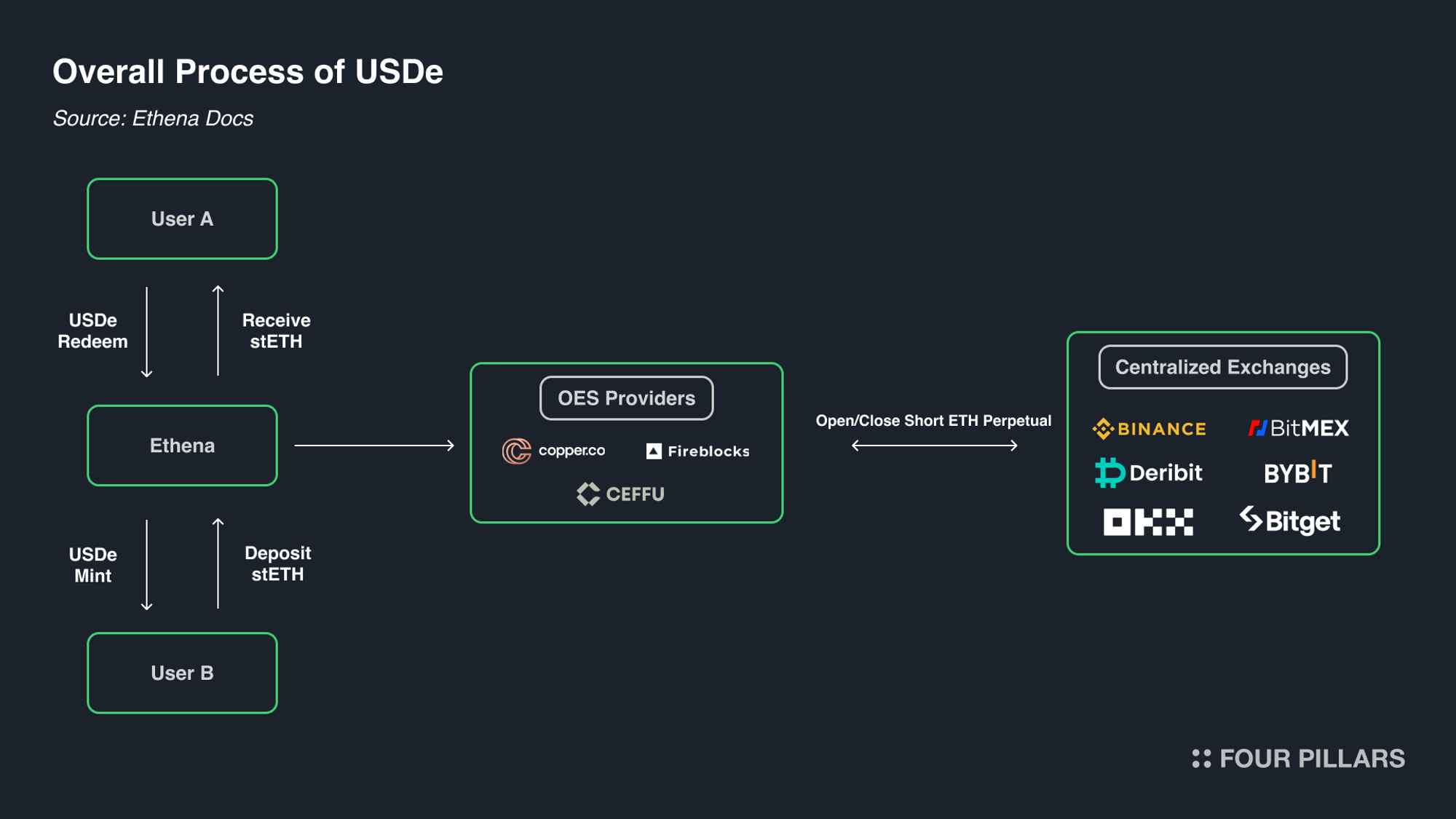
Source: Solution: The Internet Bond | Ethena Labs

Source: Positions | Ethena
Ethena's USDe is a stablecoin that needs active management to balance potential risks and high yields. The protocol employs a multi-faceted approach to secure collateral management, which includes:
Ethena UStb (To be Implemented): This newly introduced US Treasury Bill token, backed by BlackRock's BUIDL fund, is planned to serve as a strategic safeguard. During periods of negative funding rates, Ethena can shift reserves to UStb, reducing exposure to costly perpetual futures contracts in favor of more stable, US Treasury bill-backed assets.
Liquid Stables: Ethena utilizes USDC by Circle and USDS by Sky (formerly MakerDAO) as part of its collateral strategy. These liquid stables provide a stable yield component, helping to cushion against moderate negative funding rates and diversify the protocol's revenue streams.
Reserve Fund: Ethena maintains a safety net of $46.6 million to cover potential losses during negative funding periods. This fund activates when negative rates exceed collateral yield, protecting sUSDe holders.
These strategies work in tandem to create a active risk management. For instance, during periods of weak funding conditions, Ethena can benefit from incorporating liquid stables into its backing composition. If governance deems it necessary, Ethena can close hedging positions and reallocate backing assets to UStb, further mitigating risks associated with negative funding rate environments. Check out this article on how risks are managed. Let’s explore more about these components.
1.2.1 Ethena UStb Backed by Blackrock BUIDL
Ethena introduced UStb alongside USDe to offer an additional liquid stable asset for potential allocation. The liquid stable strategy aims to provide a revenue floor for the protocol, especially during bear markets when funding rates decline. UStb complements USDe when funding rates turn negative, allowing the protocol to adjust its backing assets and mitigate risks.
This flexibility helps maintain high yields across different market conditions. The relationship between funding rates and UStb allocation is straightforward. In bearish markets with negative funding rates, UStb allocation increases. This strategy can help profit from bearish markets by raising allocations as funding rates fall. For instance, a negative funding rate might increase allocation from 50% to 70%, avoiding negative yields. On the other hand, bullish markets with positive funding rates, the UStb allocation can be decreased.
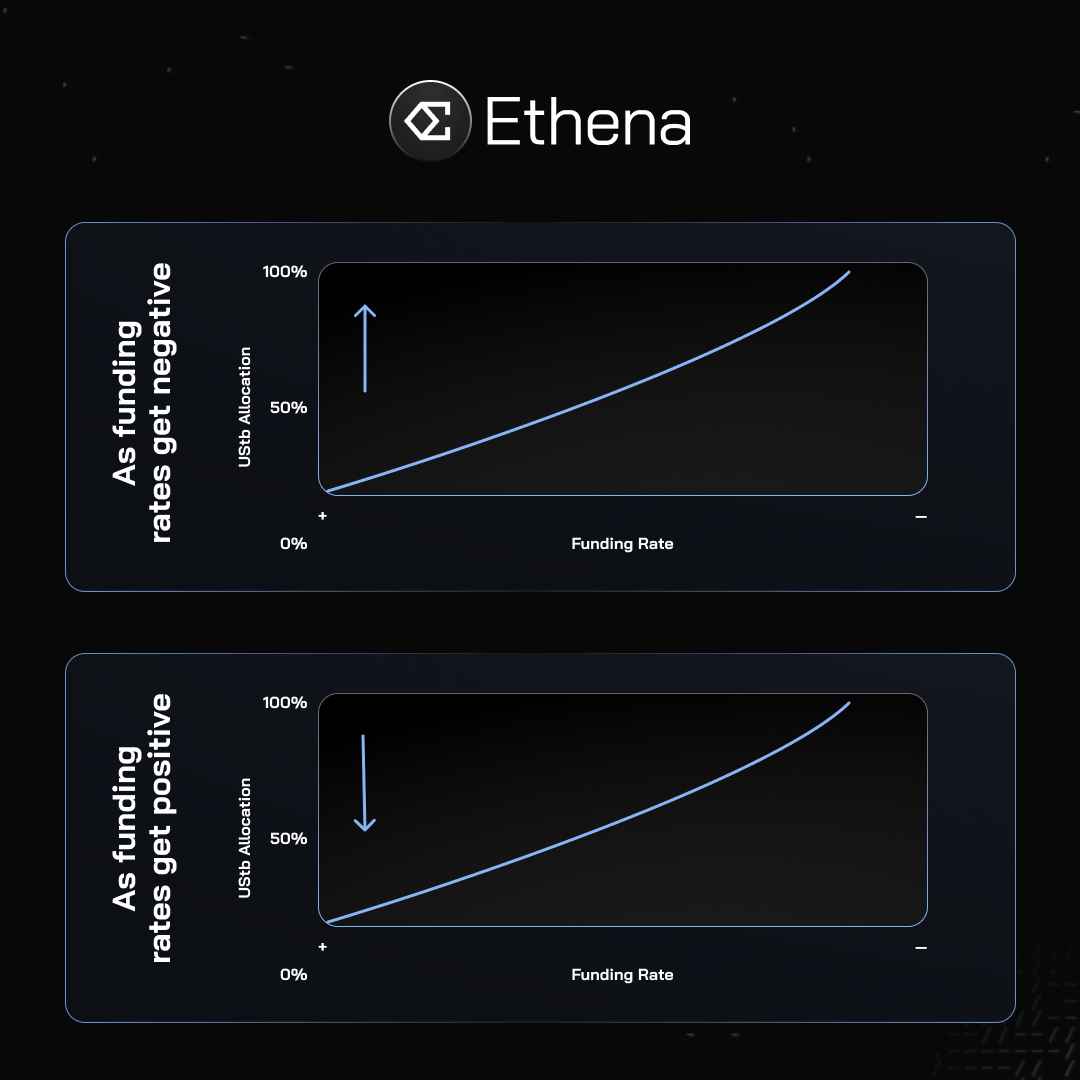
Source: X (@ethena_labs)
1.2.2 Liquid Stables - USDC and USDS
As of the 1st of October 2024, there is ~295m USDC that is earning a fixed reward rate paid for and distributed by Coinbase as a part of their loyalty program. There is ~400m sUSDS (new version of sDAI) earning a fixed reward rate from the fees the Sky (formerly Maker) protocol's income from borrowing fees.
These allocation to liquid stables like UStb, serve as the safeguard from negative funding yields.
1.2.3 Reserve Fund Management of Ethena
The reserve fund serves as a crucial safety net for USDe. Its primary function is to act as a buffer during periods of negative funding, ensuring that the loss isn’t transferred to sUSDe holders.
Beyond its protective role, the reserve fund is strategically allocated to yield-generating sources to Blackrock BUIDL, Superstate, SKy, and Mountain Protocol. This approach allows Ethena to maximize the utility of the fund, potentially generating additional revenue that can further increase the reserve fund.
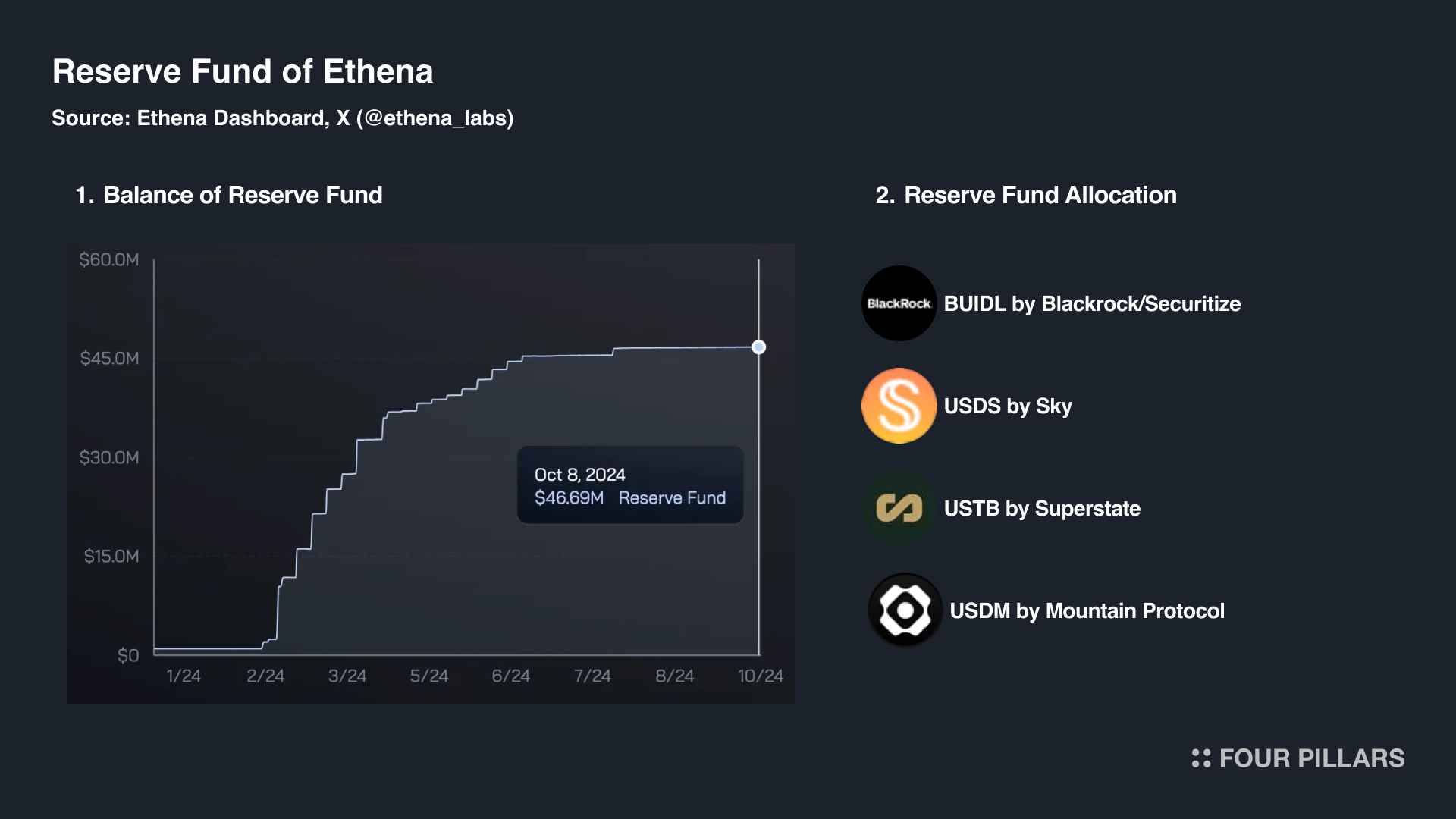
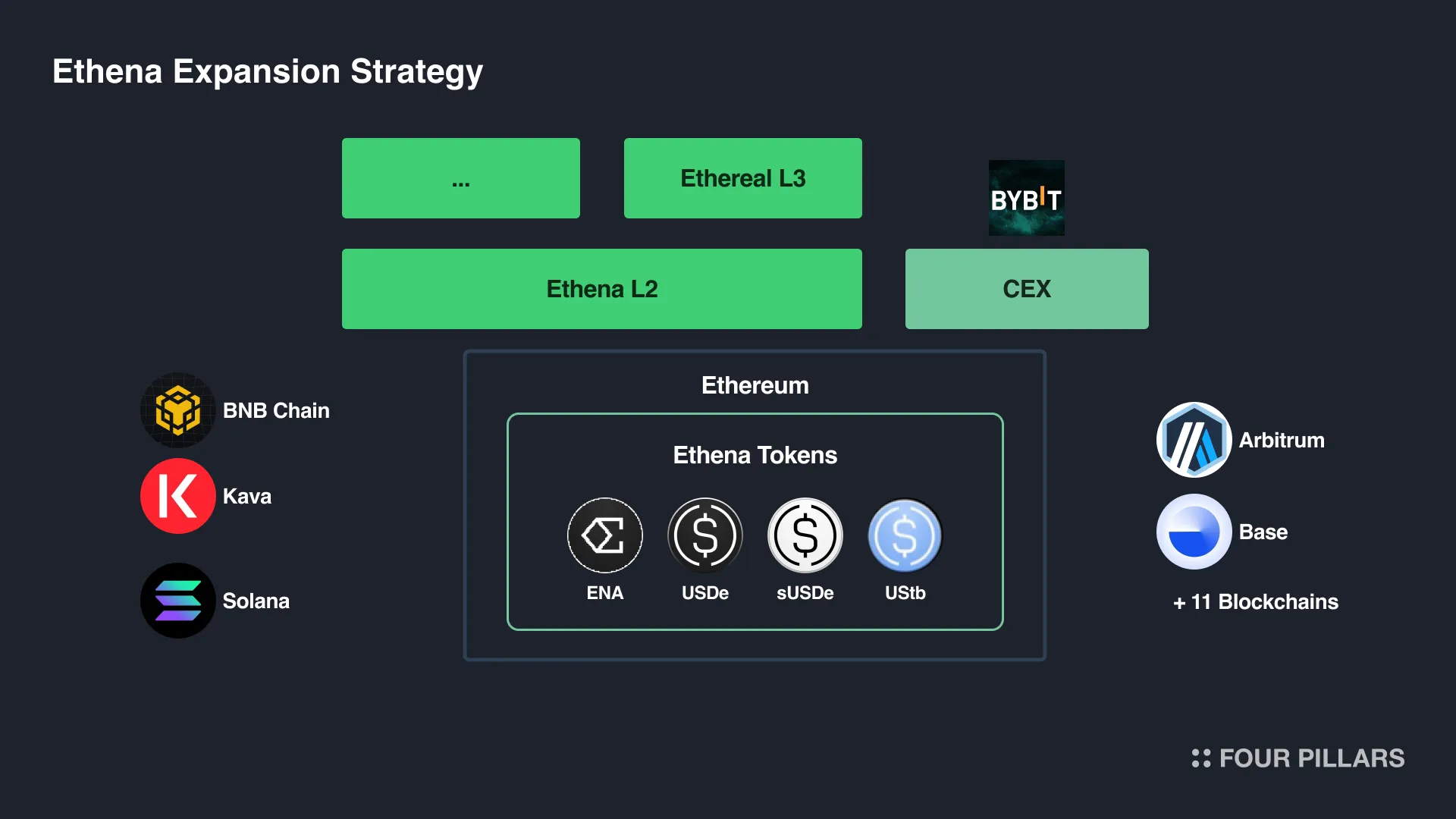
Ethena has implemented a comprehensive expansion strategy that covers both horizontal and vertical growth:
Horizontal Expansion: This involves product diversification and a multichain approach. Ethena is broadening its offerings and expanding across multiple blockchains. This strategy aims to reach a wider user base and reduce dependency on a single blockchain.
Vertical Expansion: Ethena is developing its own Network infrastructure and partnering with off-chain exchanges. By building its infrastructure, the protocol can enhance operational control and capture more value, such as from sequencer revenue. Partnerships with exchanges can boost liquidity and accessibility for Ethena's products.
Ethena's strategy is notably focused. They envision USDe as "The Settlement token for Trading with highest yields." Their expansion strategies align closely with this mission.
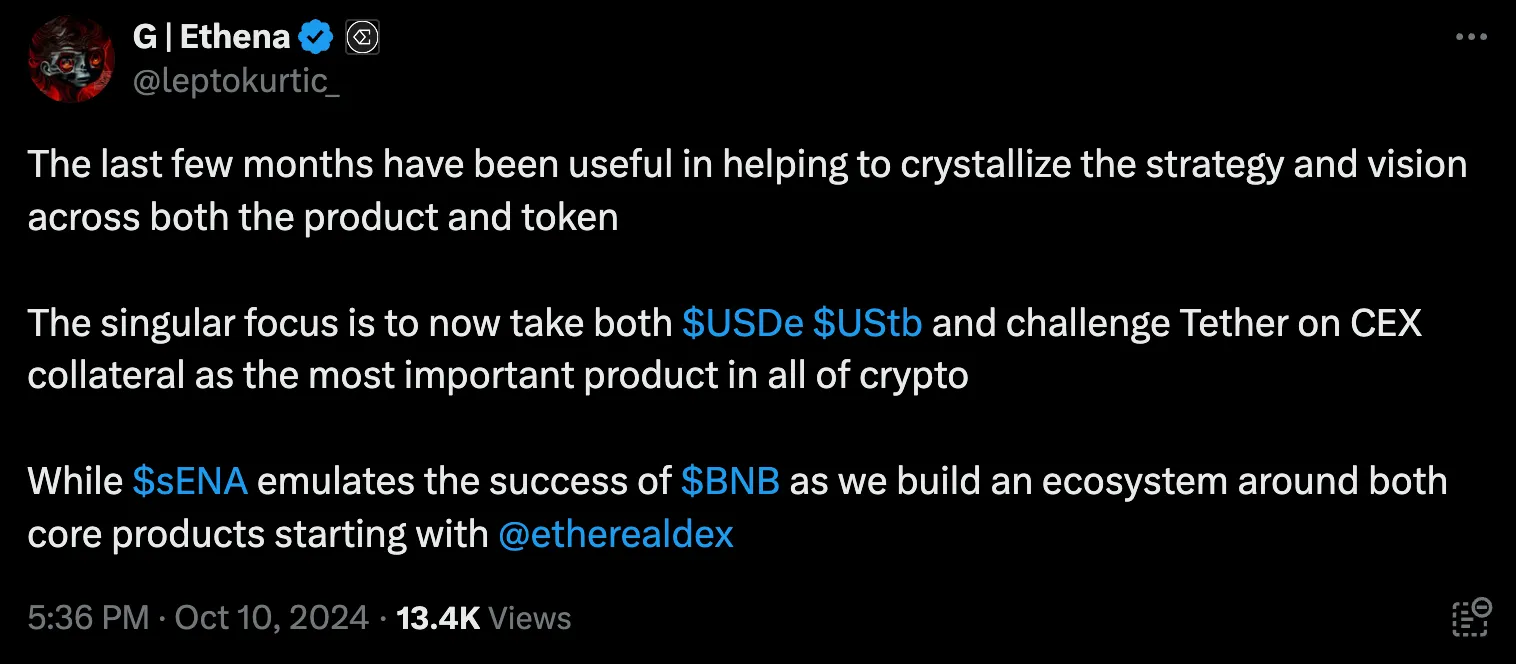
Source: X (@leptokurtic_)
1.3.1 Horizontal Expansion 1. Product Diversification - UStb, Backed by Blackrock BUIDL
Ethena has recently announced plans to introduce a new stablecoin called UStb, which will be fully backed by BlackRock's tokenized U.S. This will serve as a new product line of Ethena. Like explained in part “1.2.1 Ethena UStb Backed by Blackrock BUIDL,” it is also planned to serve as the collateral for USDe.
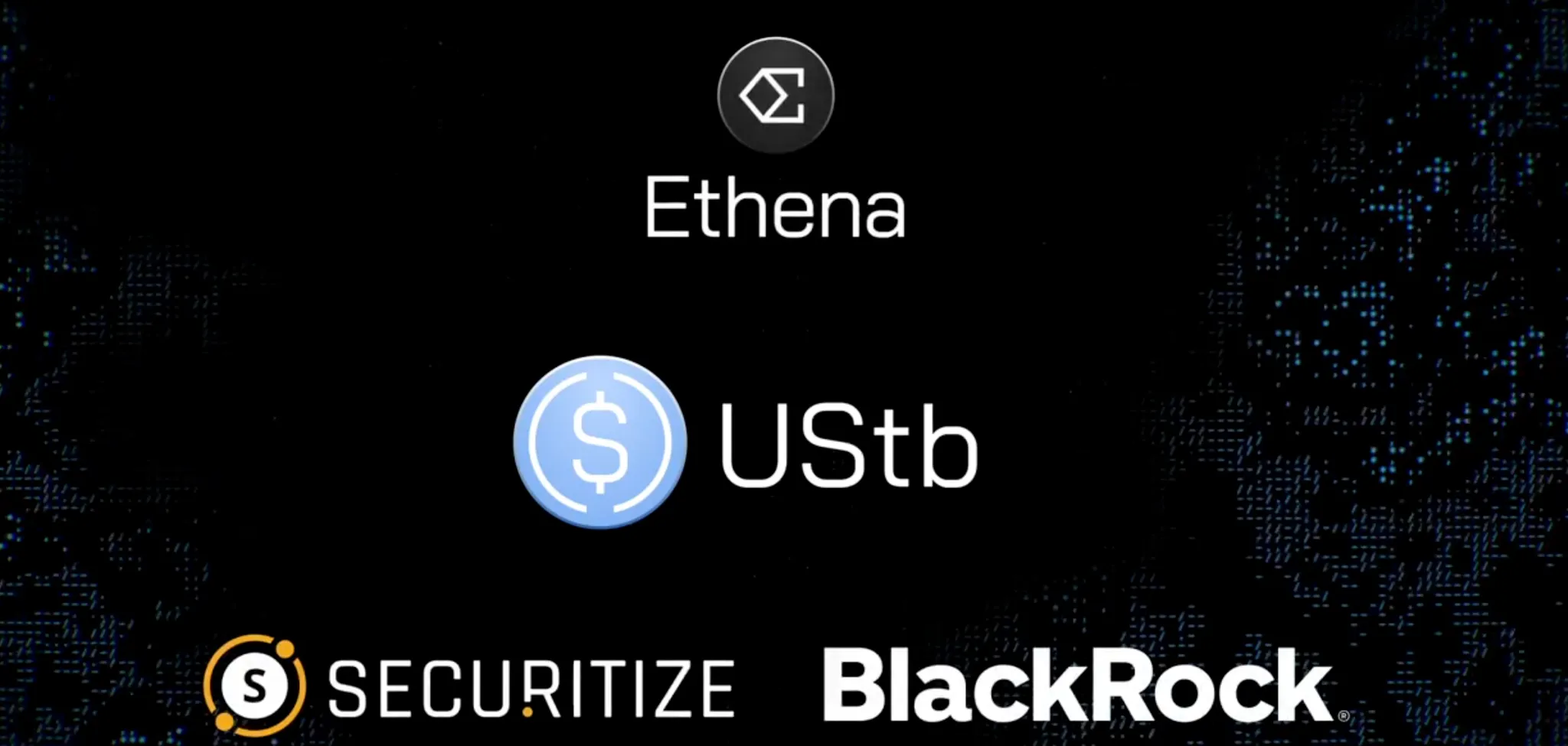
Source: X (@ethena_labs)
1.3.2 Horizontal Expansion 2. Multichain Strategy with LayerZero
Ethena has a multichain expansion strategy by partnering with LayerZero. This collaboration utilizes the Omnichain Fungible Token (OFT) standard, which allows Ethena to extend the reach of its tokens across 16 different blockchains. As a result, Ethena's native token ENA, as well as its stablecoin USDe and sUSDe, can be accessed in multiple blockchains.
The OFT standard employs a mint-and-burn mechanism, which maintains consistent token supply across all connected chains without the need for wrapped assets or additional liquidity pools. This approach not only simplifies cross-chain transactions but also potentially reduces associated costs and risks.
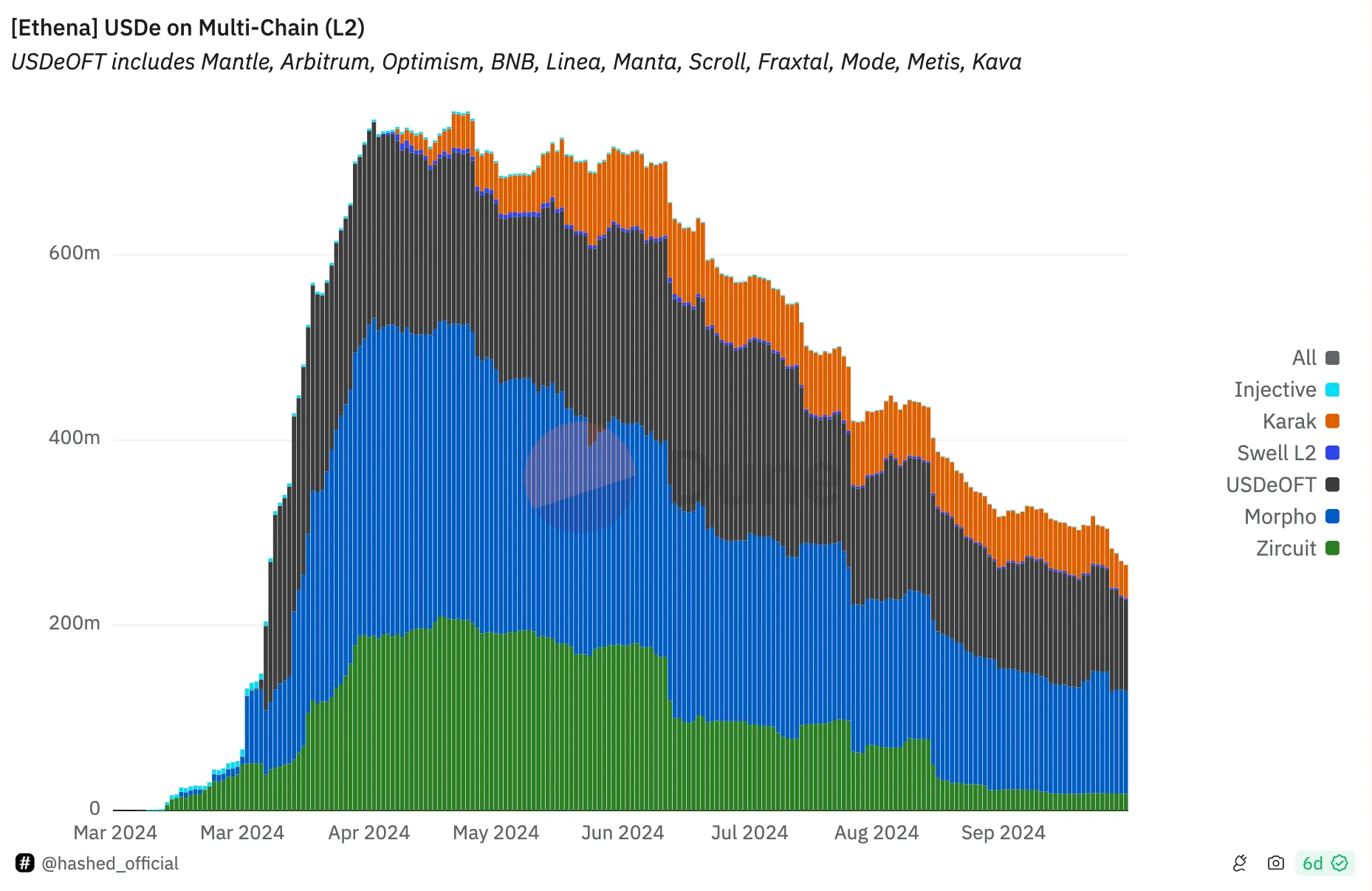
Source: Ethena Data Dashboard by Hashed
1.3.3 Vertical Expansion 1. Building Ethena Network and its Ecosystem
The Ethena Network is an upcoming initiative by the Ethena protocol, designed to build upon the success of their USDe synthetic dollar. This new network aims to create an ecosystem for financial applications, with USDe serving as the foundational asset.
The network is envisioned to address several key aspects of the crypto ecosystem. It will serve as a base layer for other financial applications to build upon. The network also plans to incorporate a liquidity aggregation layer, which could potentially transform Ethena into one of the deepest liquidity pools in the crypto space. This feature is expected to support both existing centralized and decentralized exchanges. By doing so, Ethena aims to position itself at the intersection of money, network, and exchange functionalities in the crypto world.
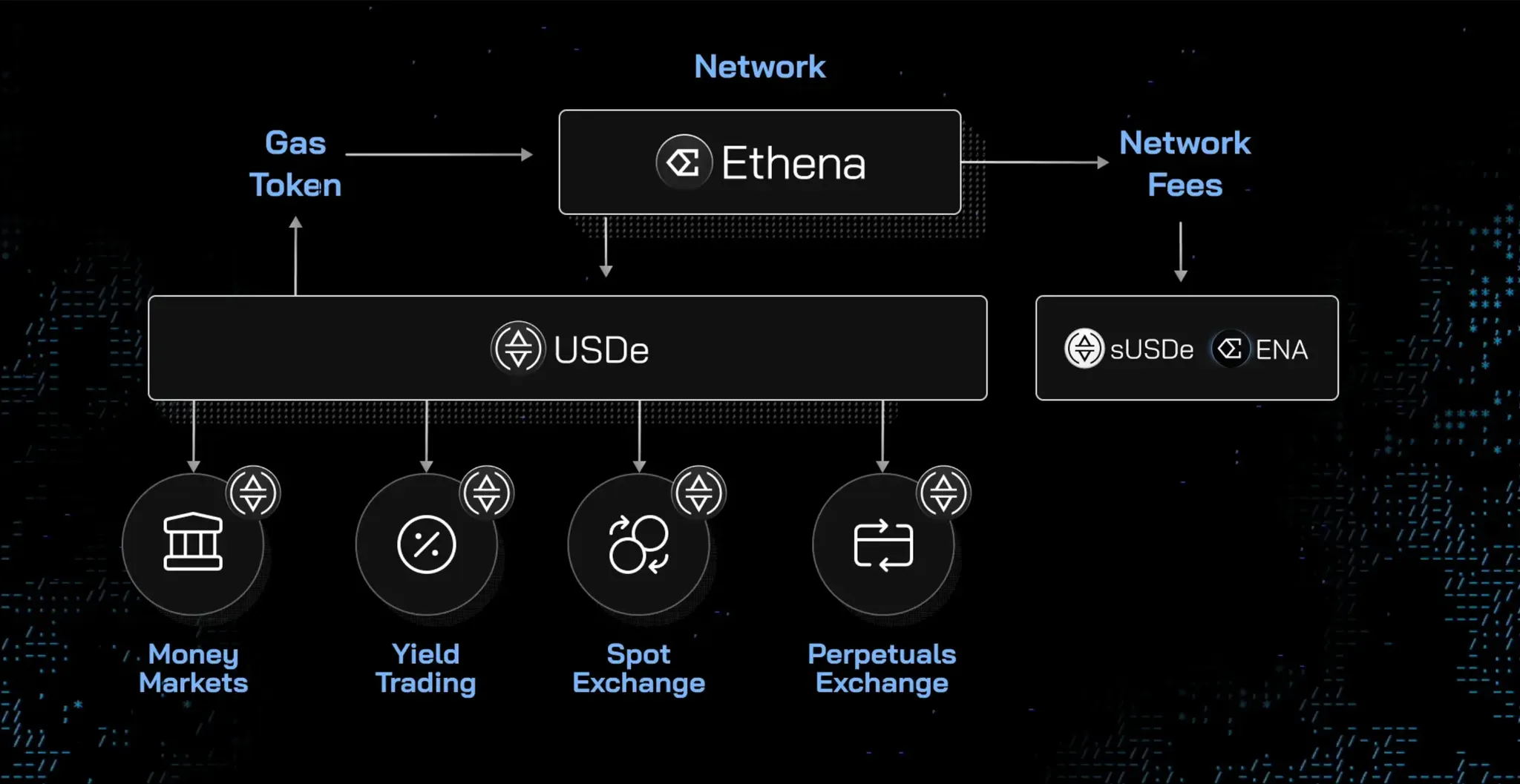
Source: Ethena 2024 Roadmap: The Holy Grail: Internet Money — G | Ethena
1.3.4 Vertical Expansion 2. Settlement for CEX - ByBit
Bybit, the third largest cryptocurrency exchange, has partnered with Ethena to integrate USDe across its platform. This integration brings several benefits to users, including the ability to use USDe as collateral for perpetual futures trading while potentially earning yield. Bybit has also introduced zero-fee BTC and ETH spot pairs with USDe and made it available on their "Earn" platform.
The integration improves capital efficiency by allowing users to potentially earn rewards on their USDe collateral used for margining perpetual futures, which can help offset funding costs. This feature enhances the overall trading experience for users on the Bybit platform.
Key features of the USDe integration include daily reward distributions of up to 10% APR on USDe holdings, a 90% collateral value ratio, and fee-free trading for certain USDe pairs. Users can receive daily rewards by holding USDe, making it an attractive option for both active traders and those looking to earn passive income.
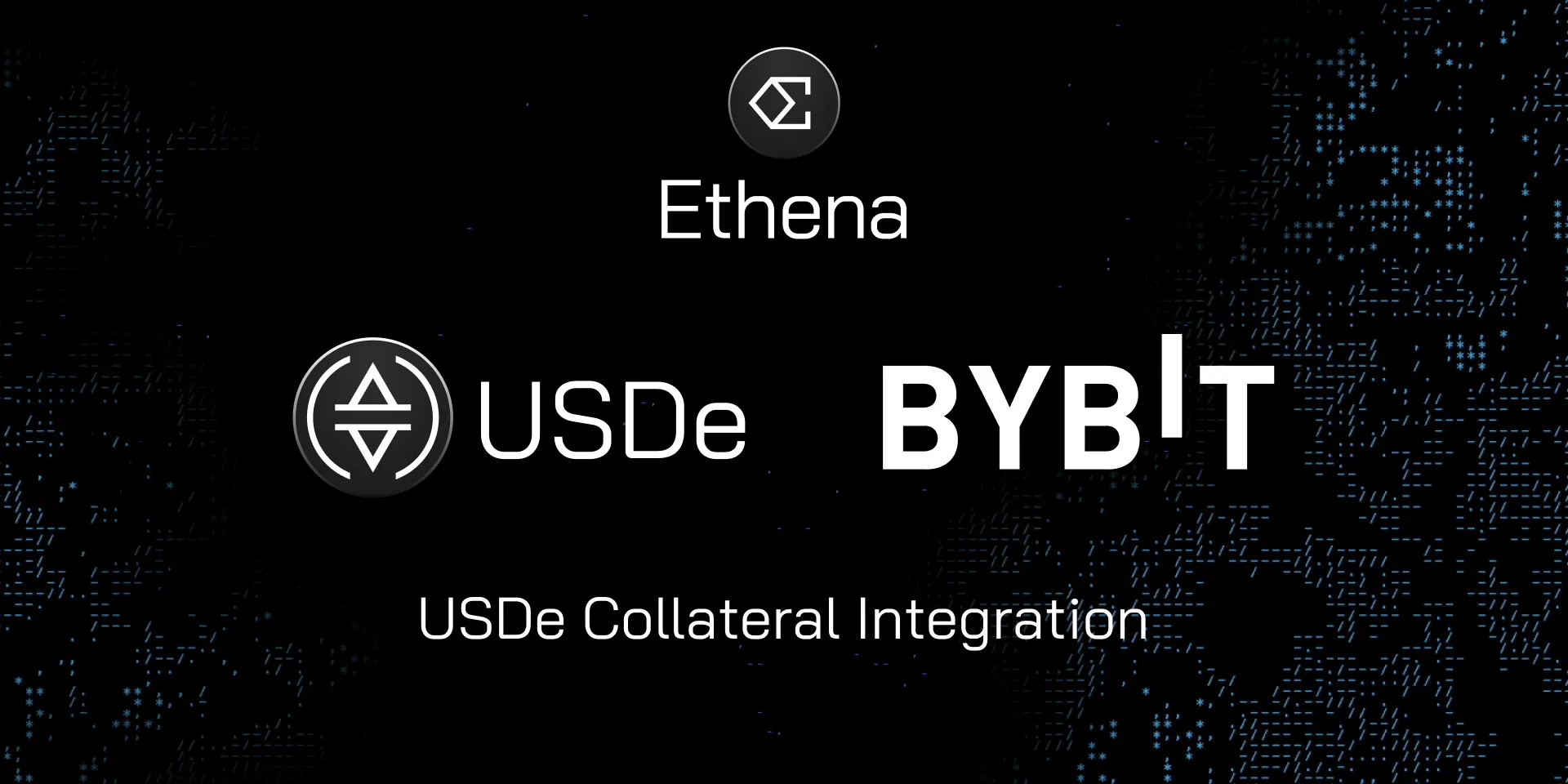
Source: USDe on Bybit — Ethena Labs
Ethena's success is remarkable, as it broke into a market dominated by Tether (USDT), Circle (USDC), and DAI. The stablecoin sector is now on the brink of new emerging projects. Competition extends beyond simply issuing new stablecoins; strategies for building them are becoming increasingly diverse.
In this section, we'll explore how these diverse offerings can be classified and examine potential volatilities of stablecoins.
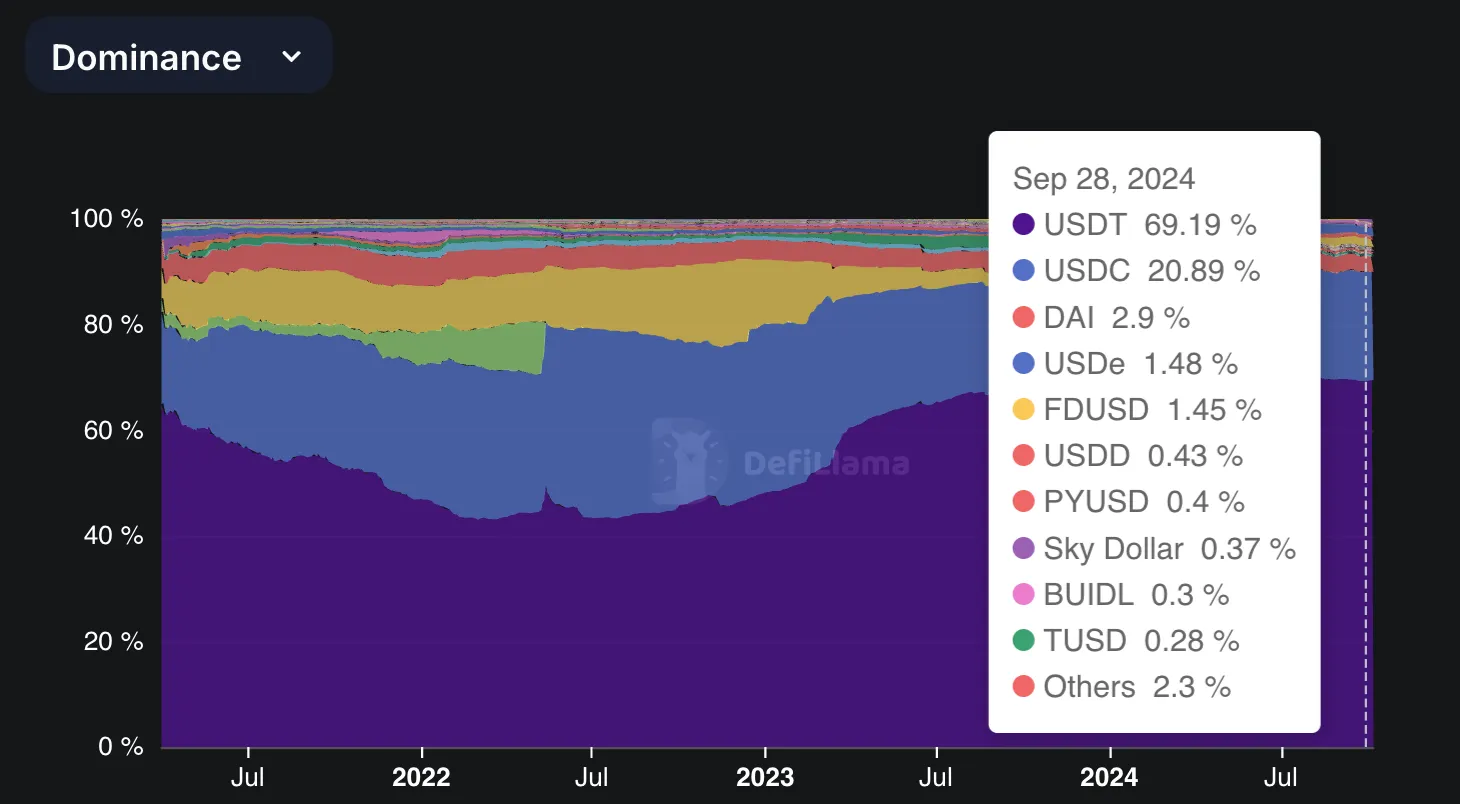
Source: Stablecoins Circulating - DefiLlama
Let's explore how stablecoins are categorized. Stablecoins use collateral and active management to maintain a value of $1. Each issuer has its own system for maintaining value and minting or redeeming coins.
The type of collateral affects how stablecoin holders receive yield. Previously, issuers like Tether and Circle earned significant revenue by capturing yields from collateral. Now, many projects offer yields directly to holders. We'll examine the various types of collateral backing stablecoins and their yield sources.
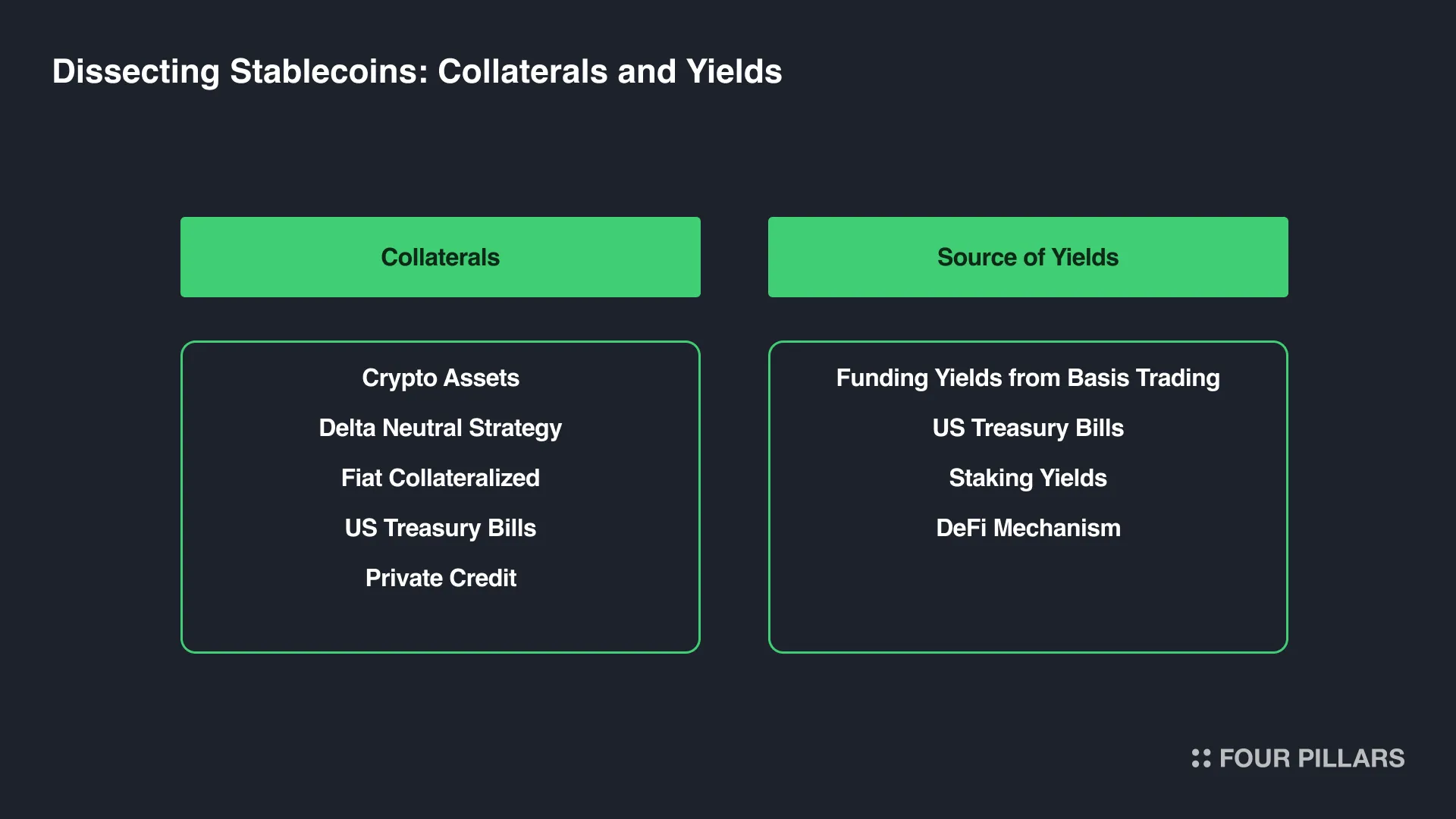
2.1.1 Collateral: The Foundation of Stablecoin
Collateralization has become crucial in the stablecoin ecosystem, especially after incidents like Terra UST's collapse and concerns about USDT's transparency. Today, stablecoin projects ensure transparent and secure backing from reputable entities using reliable assets.
The stablecoin issuers currently use five main types of collateral. Most projects use a mix of these rather than relying on just one. Let's explore each type:
Crypto Assets Delta Neutral: This strategy uses price differences between spot and futures cryptocurrency markets to maintain a stablecoin's peg. Ethena's USDe and Elixir's deUSD are examples. USDe employs a delta-neutral approach, combining long spot and short perpetual futures positions in ETH to generate yield and ensure stability. So far, Ethena is the only project to achieve significant success with this method, featuring CEX integrations and active collateral management to be optimized during various market conditions.
Crypto-Over-Collateralized: These stablecoins use excess cryptocurrency as collateral, buffering against market volatility. DAI, issued by MakerDAO, is a prime example, using various cryptocurrencies with a minimum 150% collateralization ratio. USDD, Frax, and GHO use similar strategies, often combining over-collateralization with other stability mechanisms. Frax, for example, uses a fractional-algorithmic approach.
Fiat-Collateralized: These stablecoins are backed by traditional currencies held in reserve by centralized entities. This category includes popular stablecoins like Tether (USDT), backed by cash, cash equivalents, and other assets, and Circle's USDC, backed by cash and short-term U.S. government obligations. Other examples include Binance USD (BUSD), TrueUSD (TUSD), Pax Dollar (USDP), and Gemini Dollar (GUSD) each with unique backing mechanisms.
US Treasury Bill Backed: These stablecoins blend traditional finance. Examples include Ondo's USDY, Mountain Protocol's USDM, and Blackrock's BUIDL. They're typically backed by short-term U.S. government debt. UStb by Ethena, for instance, is backed by short-term U.S. Treasuries and bank demand deposits of Blackrock BUIDL, providing exposure to government bond yields with cryptocurrency flexibility.
Private Credit Backed: This approach uses private credit instruments as collateral. Anzen's USDz is a prime example, backed by corporate bonds, loans, or other private debt forms. This method offers potential for higher yields compared to fiat-backed stablecoins while maintaining stability through risk management and portfolio diversification.
The variety of collateral types in the stablecoin market is increasing. As the market matures, transparency, security, and regulatory compliance will likely become increasingly important in determining the success and adoption of stablecoin projects.
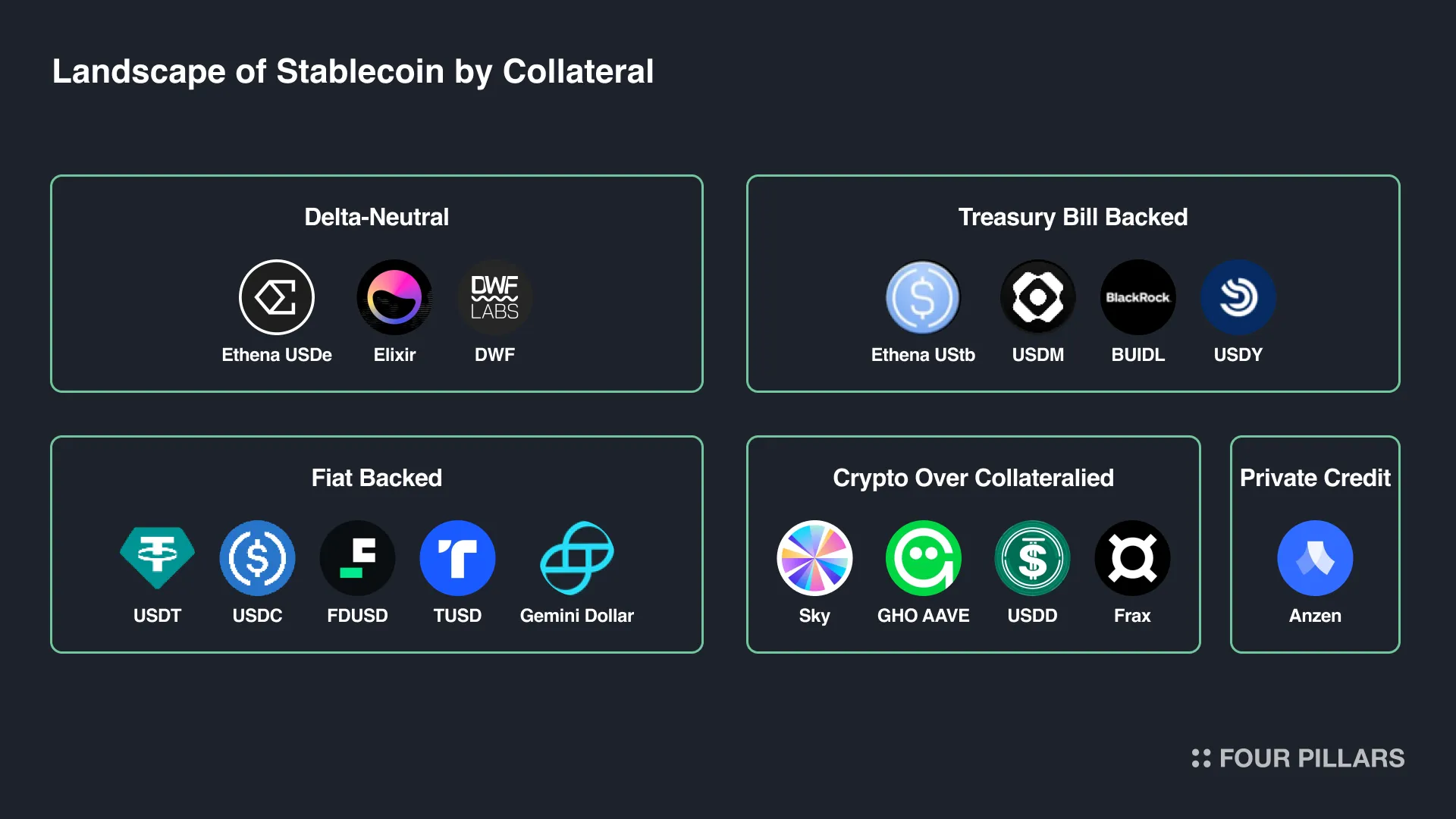
2.1.2 Sources of Yields: How Stablecoins Generate Returns
Stablecoins have evolved beyond mere price stability. It offers yield-generating mechanisms, providing users with passive income opportunities. These yields, derived from various strategies, make stablecoins more attractive to hold. Let's explore the main sources of these yields:
Funding Yields from Basis Trading: This strategy capitalizes on price differences between spot and futures markets for cryptocurrencies. It allows stablecoins to maintain their peg while generating yield. For example, Ethena's USDe uses basis trading by holding long spot positions and short perpetual futures positions in ETH. This approach generates yield from funding rate differentials, which is then distributed to sUSDe holders. (Recently, the proposal to add SOL has been approved.)
US Treasury Bills: Some stablecoins are backed by US Treasury Bills. These stablecoins earn yield from interest on short-term government debt. For instance, Mountain Protocol's USDM is backed by short-term US Treasuries, passing the yield to USDM holders.
Staking Yields: Some stablecoins allow users to stake their tokens within the protocol, earning rewards for contributing to network stability and security. Ethena's USDe is an example, where ETH is liquid staked for additional yields.
DeFi Mechanisms: Stablecoins can earn yields through various DeFi practices, such as providing liquidity to AMM pools or yield farming. OUSD (Origin Dollar), for instance, allocates its collaterals across multiple DeFi protocols, using lending platforms like Compound and Aave, and earning trading fees from liquidity provision. Also, the DAI Savings Rate (DSR) module, for example, allows DAI holders to earn yield by depositing their tokens, with interest from Maker protocol's lending activities distributed to participants.
Stablecoins use diverse strategies to generate yields, from sophisticated trading to leveraging traditional financial instruments. These yields are distributed through mechanisms like automatic rebasing, claimable rewards, or increased token value. As the ecosystem evolves, we can expect further diversification in yield generation and distribution.
Stablecoins are called "stablecoins" because they are designed to maintain a stable value relative to a specific asset or benchmark, typically the US dollar. The name "stablecoin" directly reflects their primary purpose: to offer a reliable medium of exchange within the crypto ecosystem.
However, some have experienced slight depeg in the past. Tether has once been acused of lack of transparency and at then, it slightly degged. After this incidecnt, there have been regular updates on the reserves and pegs of USDT. Also USDC experienced a slight depeg when people started to worry about the solvency of collaterals during the failure of silvergate.
In this section, let’s go through some of the volatility scenarios that can occur for collaterals and yields of stablecoins.
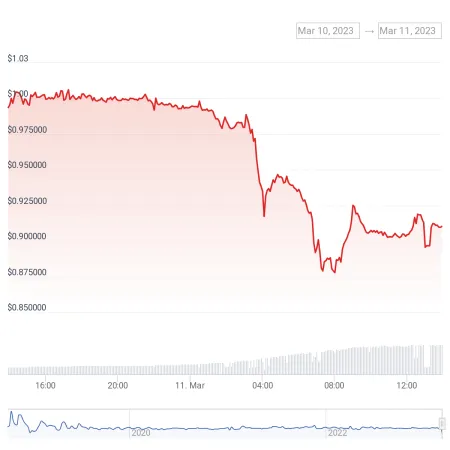
Source: USDC Price during the failure of Silvergate 2023.03.11 | CoinGecko
2.2.1 Risks of Collaterals - Fiat and Treasury Bill Backed
Fiat-collateralized and US Treasury bill-backed stablecoins are considered secure for large amounts of assets. They carry fewer risks, which are primarily associated with the entities holding the assets. These stablecoins are regulated and insured by the country's financial system. As regulations on stablecoins evolve, it's crucial to understand the regulatory requirements to comprehend their risks.
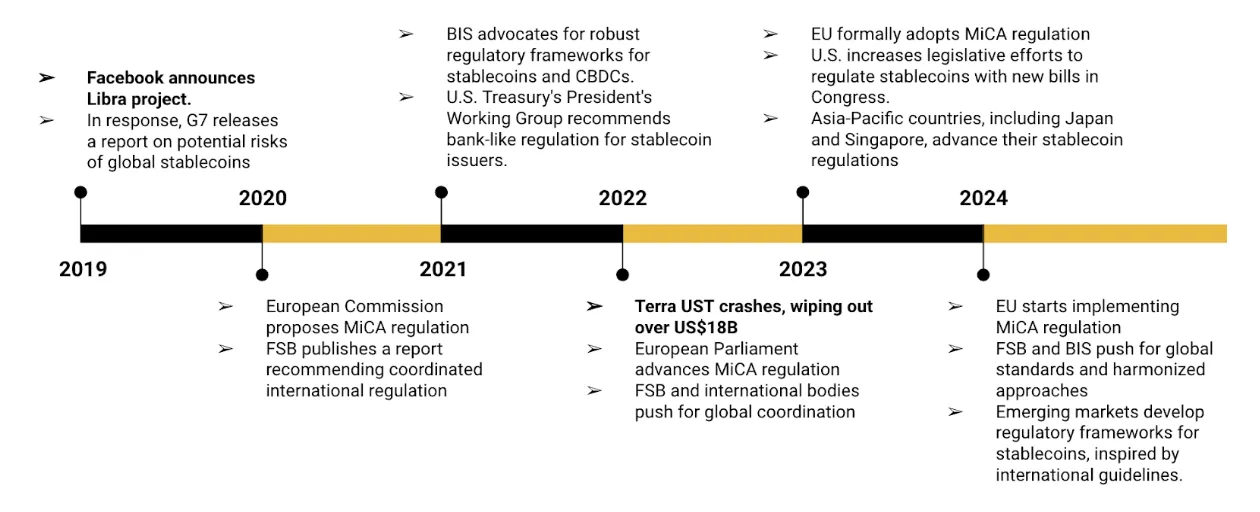
Source: Overview of Stablecoin Regulation
2.2.2 Risks of Collaterals - Delta Neutral Synthetic Dollars
Delta-hedge synthetic dollars, such as Ethena's USDe token, face questions about their stability. The primary concern is the potential for negative funding rates in the derivatives market, which could lead to losses if maintaining short positions becomes more expensive than the yield from collateral. Additional risks include reliance on centralized exchanges for derivatives trading, potential liquidity issues during market stress, and the possibility of collateral assets (like stETH) losing their ETH peg.
To address these concerns, Ethena has implemented several safeguards. These include a Reserve Fund to cover losses from negative funding rates, off-exchange settlement custodians to mitigate centralized exchange risks, and a dynamic collateral management system for asset rotation.
Despite these precautions, it's important to note that some inherent risks remain in the system. (Ethena has managed well to date.) For more detailed analysis, you can check out this article by Four Pillars.
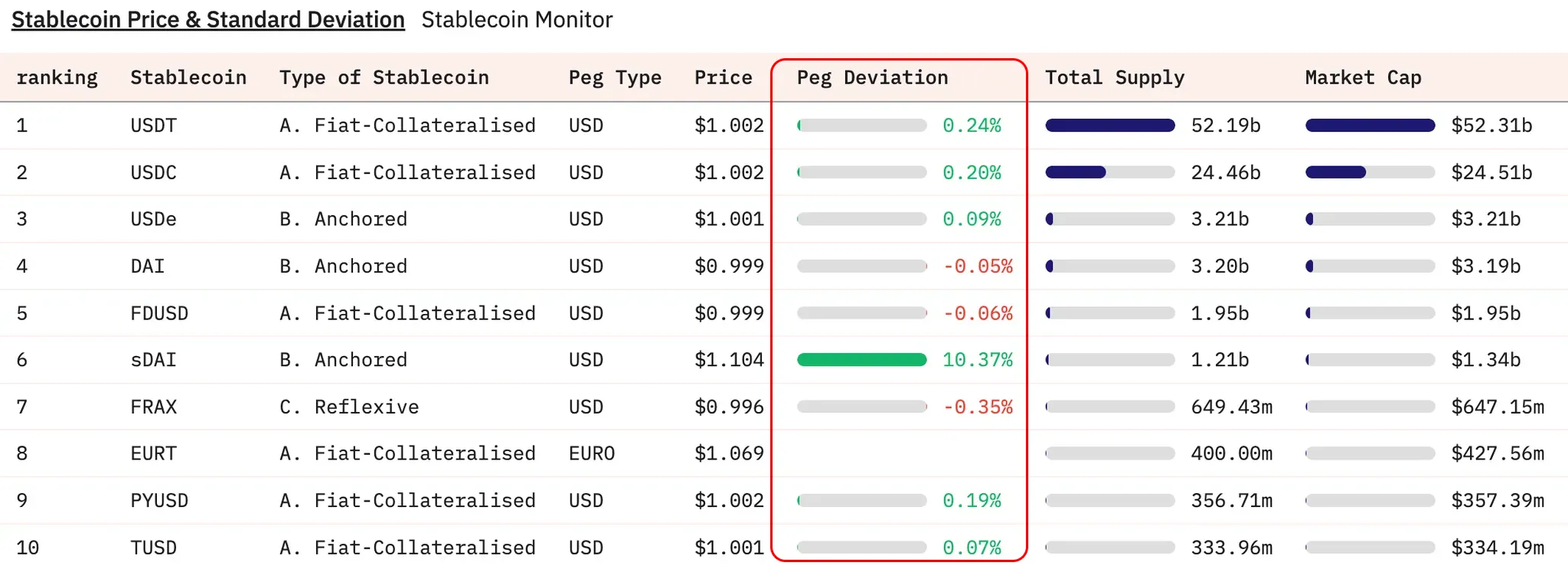
Source: Stablecoin Monitor
2.2.4 Volatility of Yields - Treasury Bills
Stablecoin yields backed by Treasury bills are influenced by a complex interplay of economic factors and market dynamics. The primary driver of these yields is the interest rates on underlying Treasury securities, which are directly impacted by the Federal Reserve's monetary policy. When the Fed adjusts interest rates, it creates a ripple effect throughout the financial markets, including the yields offered by stablecoins. For instance, during periods of monetary tightening, as the Fed raises interest rates, Treasury yields typically increase. This allows stablecoin issuers to potentially offer higher yields to their users, making their products more attractive.
It's important to note that most fiat-backed stablecoins are created with a mixture of cash and Treasury bills, and their yield profiles can vary based on their backing and issuer. For example, BlackRock's BUIDL stablecoin, backed by a mix of cash, Treasury bills, and other short-term government securities. As a regulated product from a major financial institution, BUIDL's yields closely track prevailing Treasury rates. However, these yields are not immune to fluctuations driven by broader market conditions and monetary policy shifts. Over the past 10 years, the 1 Year US Treasury Bill rate has fluctuated between 0.1% and 5.5%.
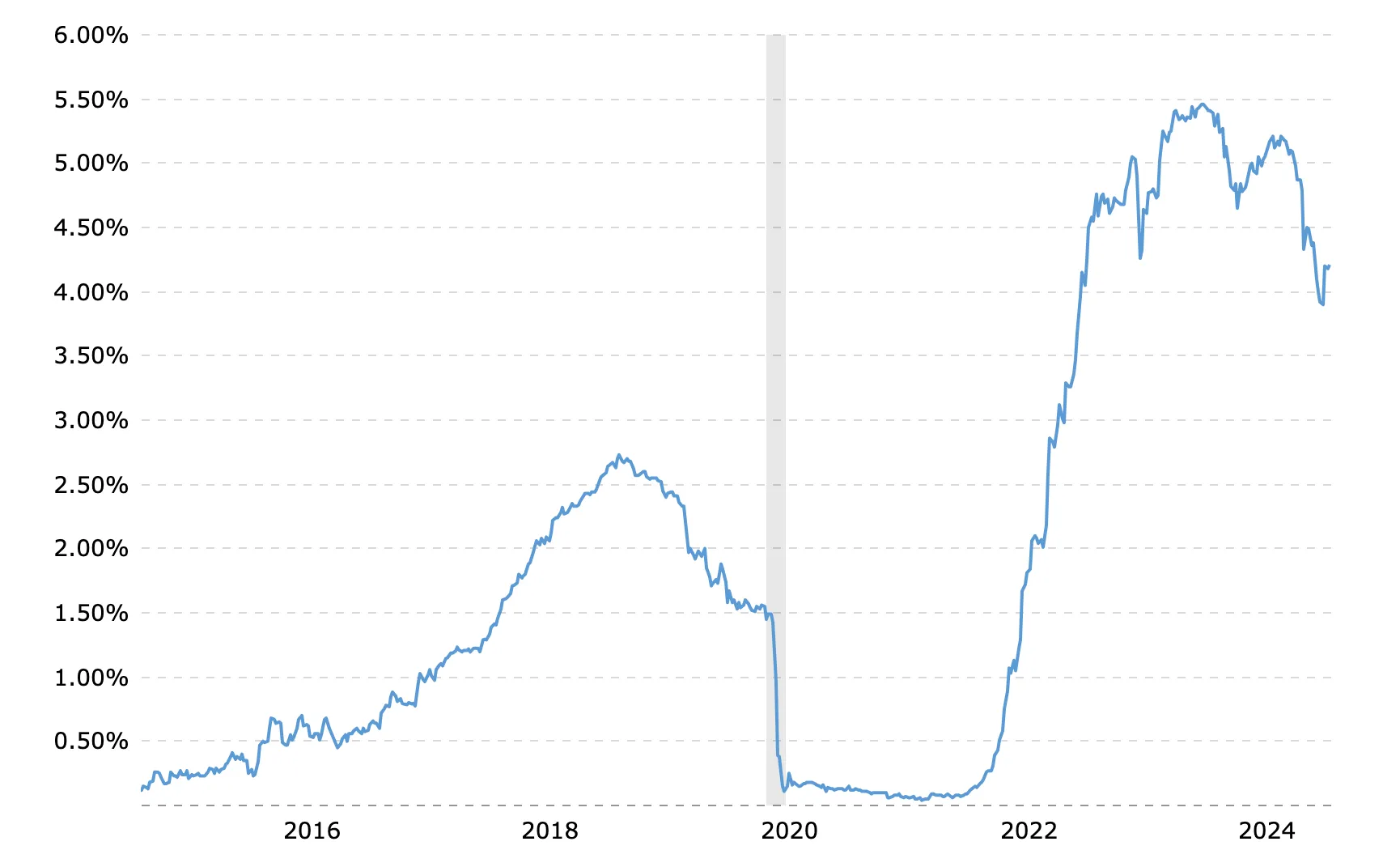
Source: 1 Year Treasury Rate - 54 Year Historical Chart | MacroTrends
2.2.4 Volaitility of Yields - Basis Trading
Basis trading has become a key yield generation method for some stablecoins. This strategy takes advantage of price differences between spot and futures markets for cryptocurrencies, typically by buying in the spot market and selling short in the futures market.
Yields from basis trading can vary widely, affected by market sentiment, trading volume, and overall crypto market conditions. During "bull runs" or periods of high optimism, increased demand for leverage in futures markets can widen the basis, potentially boosting yields. In contrast, bearish markets or uncertain times may narrow the basis or even turn it negative, possibly reducing or eliminating yields.
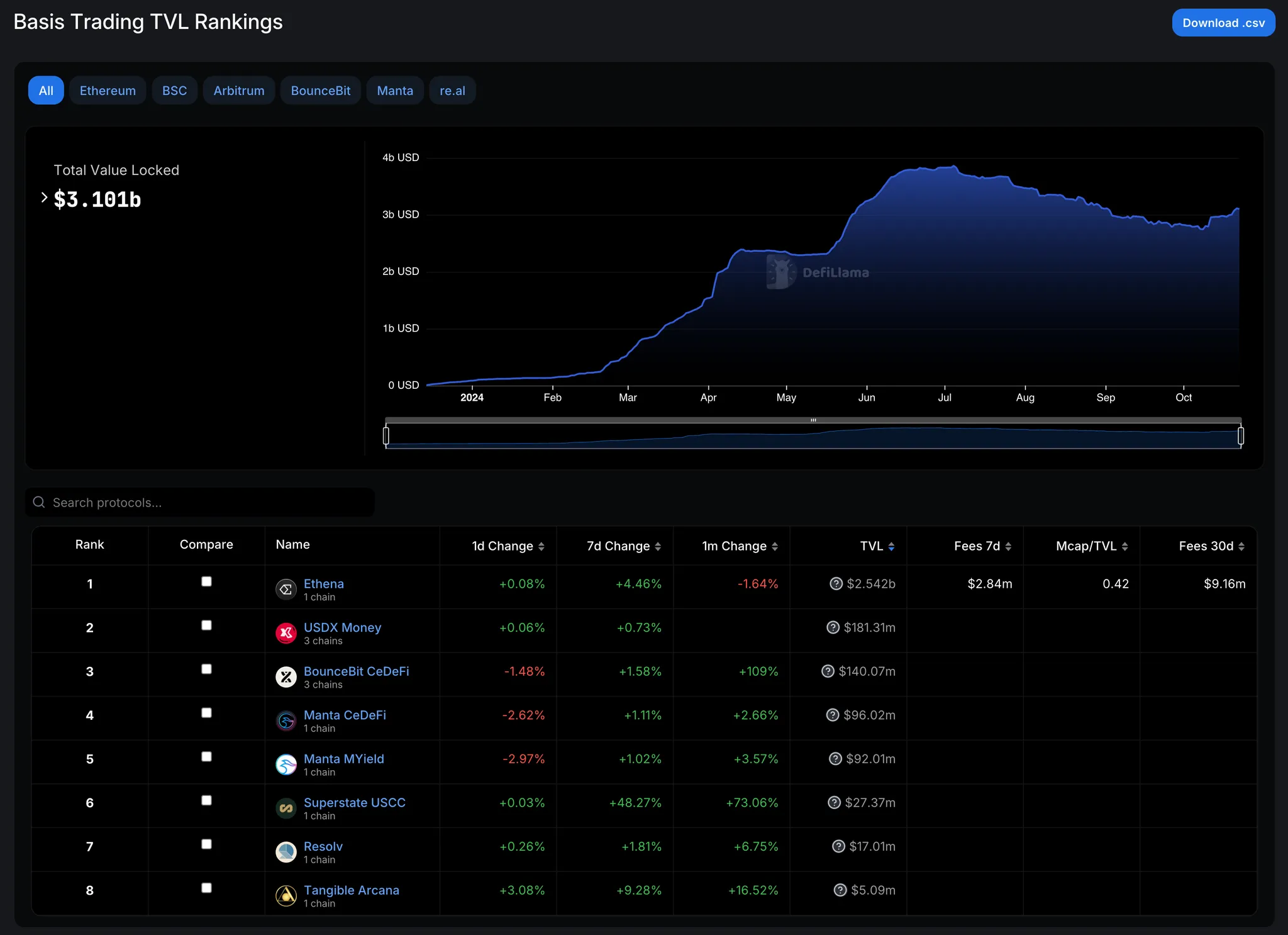
Source: Basis Trading TVL Rankings - DefiLlama
Ethena's USDe is a prime example of stablecoins using basis trading for yield generation. USDe, for instance, uses a delta-neutral approach, shorting perpetual futures on centralized exchanges with deposited assets. Yields fluctuate with market conditions—sUSDe once offered yields as high as 113%, but this has since settled to around 12% as markets cooled.
In a bull market scenario, Ethena's strategy indeed shines. With positive funding rates dominating, USDe can generate high yields primarily through basis trading of crypto assets. This allows for a significant portion of the collateral (up to 90%) to be allocated to this strategy, maximizing returns for sUSDe holders. The high APY attracts more users, leading to rapid growth in USDe supply, as we've seen with its expansion to over $3 Billion within 200 days.
However, the bear market scenario is where Ethena's strategy becomes particularly interesting and potentially more secure. As funding rates turn negative and crypto sentiment becomes bearish, Ethena can pivot its collateral allocation towards more stable assets like US Treasury bills (USTb) and liquid stablecoins. This shift in strategy serves two crucial purposes:
It sets a floor on sUSDe yield: By utilizing USTb and other stable assets, Ethena can ensure a minimum yield even in bearish conditions. This helps maintain attractiveness for sUSDe holders as the minimum yield will be close to the treasury bill yields.
It reduces volatility in sUSDe yield: The transition to more stable collateral during bear markets naturally leads to less volatile yields. This increased stability can be particularly appealing to risk-averse investors seeking consistent returns even in challenging market conditions.
This adaptive strategy enhances Ethena's resilience in bear markets and during periods of declining interest rates. Ethena's yield generation approach, which combines strategies like basis trading and liquid stables, may help maintain or even boost yields.
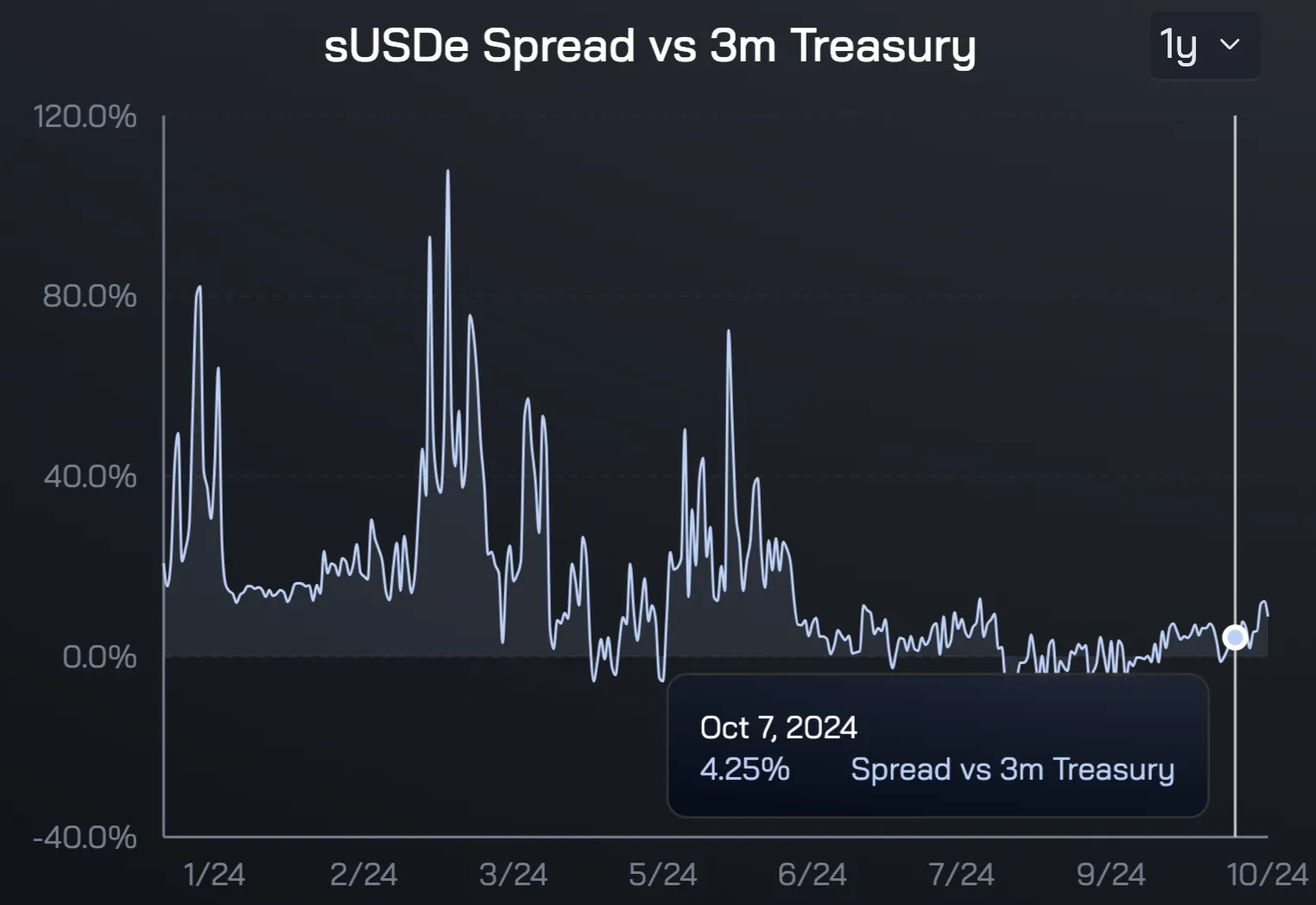
Source: Yields - sUSDe vs. 3month Treasury | Ethena
The stablecoin market is experiencing a change, with new players entering the space and existing ones expanding their offerings. This growth is not driven by a desire to replace current issuers, but rather by a collective belief in the market's potential for expansion. Recent data shows that the circulating supply of stablecoins has reached an all-time high, indicating increasing adoption and utility across various sectors in crypto.
As the stablecoin market evolves, it's crucial to understand the diverse use cases that are and will be fueling this growth. These applications range from being the settlement token on crypto exchanges to serving as collateral in DeFi protocols and even emerging as a viable option for everyday payments.
In this section, we'll explore three major use cases of stablecoins through the lens of the strategy of Ethena, as it had active expansion plan. By examining Ethena's approach to each use case, we can gain insights into how stablecoin issuers are positioning themselves to capitalize on the market's potential.
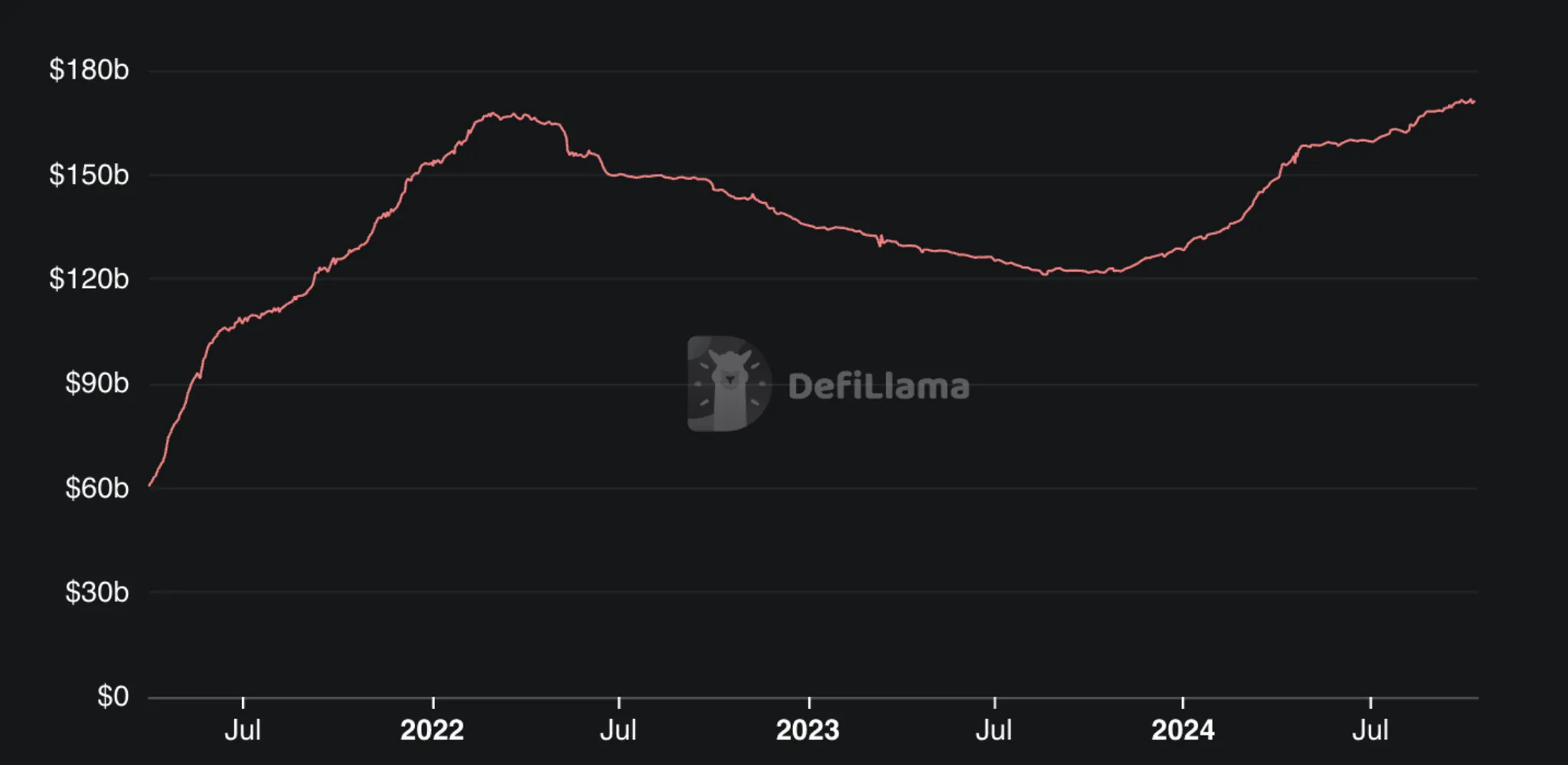
Source: Stablecoins Circulating - DefiLlama
Stablecoins are primarily used as settlement tokens for trading, with over 33% of USDT (Tether) supply held by centralized exchanges (CEXs). Their popularity stems from providing a stable unit of account and easy fund movement between platforms.
Ethena's strategy focuses on partnerships with major exchanges like Bybit and Infinex to increase USDe's liquidity and accessibility. Their collaboration with Ethereal, a planned L3 DEX on Ethena Network, aims to expand presence in both centralized and decentralized trading environments.
A key goal for Ethena is positioning USDe as collateral on CEXs for trading. Also by allowing users to earn yield on their margin assets for CEX futures, USDe could create a significant advantage in the trading ecosystem. This feature could attract traders looking to optimize their capital efficiency while maintaining stability.
The strategy could also enhance ENA token utility. Similar to BNB in the Binance ecosystem, ENA could offer reduced trading fees on partnered exchanges, governance rights, staking rewards, and exclusive features. The recent Ethereal proposal, which has been passed, suggests allocating 15% of potential future token supply to ENA holders, further solidifying its role in the ecosystem.
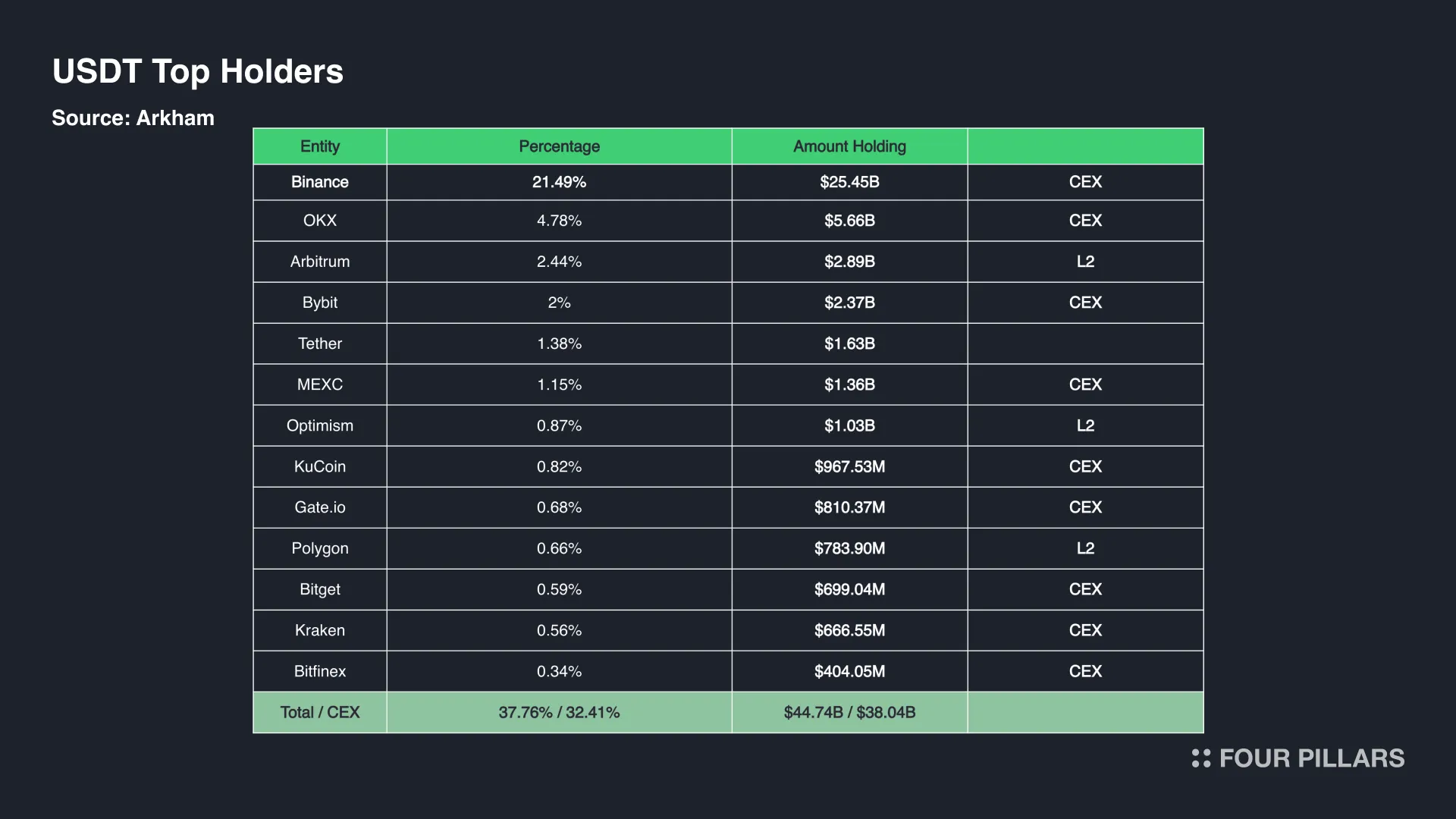
Source: USDT Top Holders | Arkham
Stablecoins play a crucial role as collateral in lending and borrowing protocols within the DeFi ecosystem. Their stability makes them ideal for use as collateral, as they minimize the risk of liquidation due to price volatility. This use case has grown significantly with the rise of DeFi that supports various services, from simple lending to more complex yield farming strategies.
Ethena's approach to the money market use case involves strategic partnerships with leading DeFi protocols. By integrating USDe with platforms like AAVE, Spark, and Morpho, Ethena aims to establish its stablecoin as a preferred collateral option across various lending and borrowing platforms. This strategy not only increases the utility of USDe but also helps to build liquidity and diversity of the stablecoin within the DeFi ecosystem.
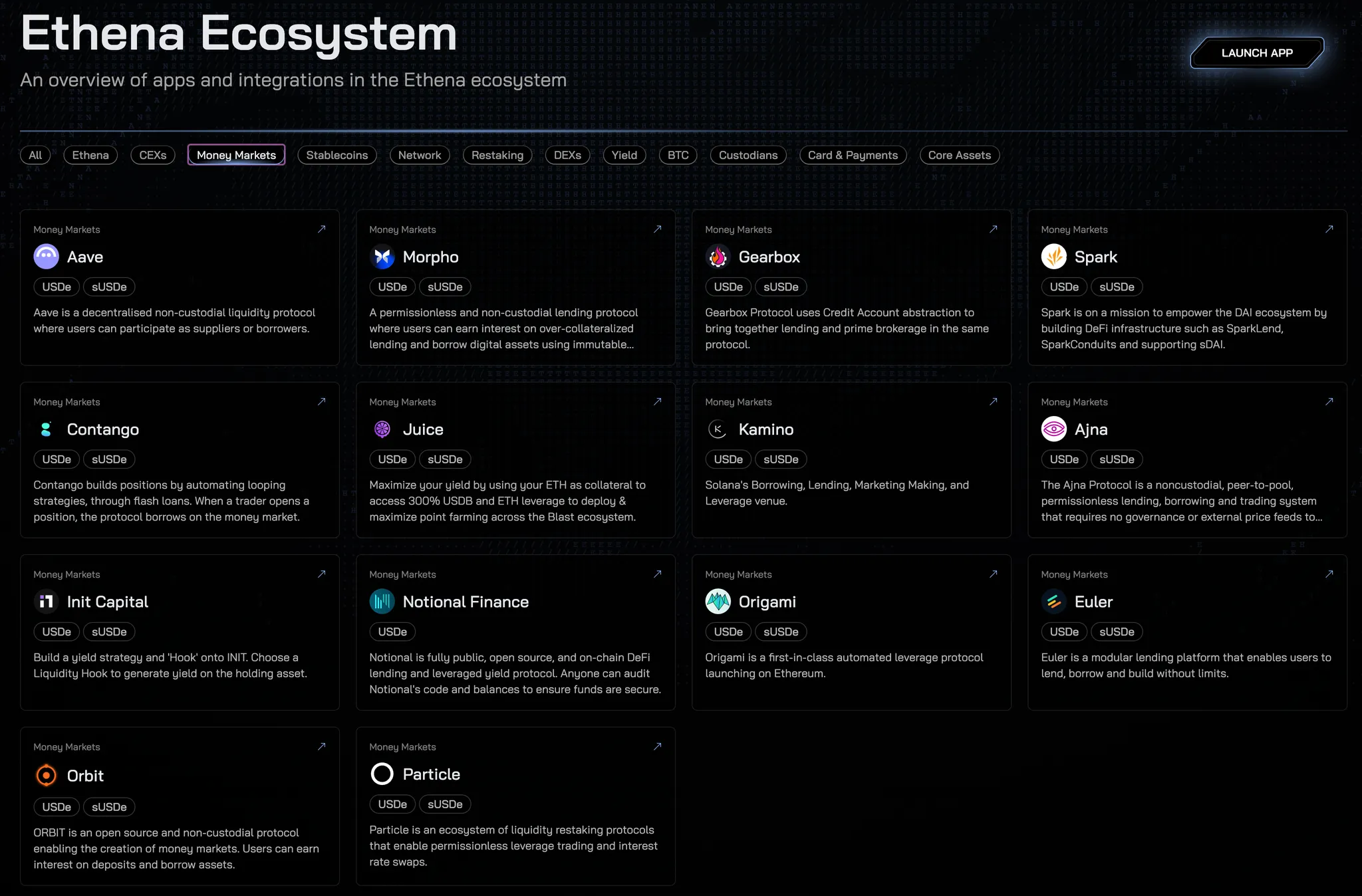
Source: Ecosystem - Money Markets | Ethena
The use of stablecoins for payments represents a significant potential growth area, although it currently faces challenges, particularly in bridging the gap between on-chain and off-chain transactions. Recent developments, such as Stripe's announcement to accept stablecoin payments, indicate growing interest from traditional payment processors in integrating stablecoins into their systems. As Stripe has processed $1T in 2023, if stablecoins capture some share of transactions, the potential can be big.
Stablecoins offer several advantages for payments, including faster settlement times, lower transaction costs (especially for cross-border payments), and 24/7 availability. However, the adoption of stablecoins for everyday transactions is still limited by factors such as regulatory uncertainty, lack of widespread merchant acceptance, and the need for user-friendly interfaces that can compete with traditional payment methods.
Ethena's strategy in the payments sector focuses on partnerships that can facilitate the use of USDe for real-world transactions. Collaborations with platforms like Holyheld, which offers a crypto debit card, and Gnosis Pay, which provides a self-custodial Visa debit card linked to a smart contract wallet.
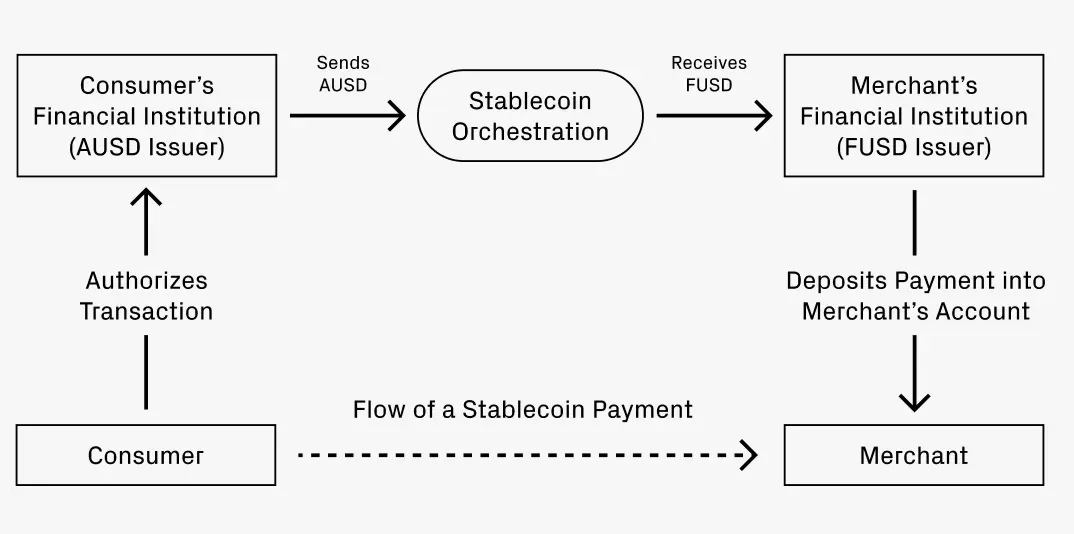
Source: Variant | What Credit Card Networks Can Teach Us About Stablecoin Opportunities
Stablecoins have become an irreplaceable part of the crypto ecosystem, bridging volatility and stability. They're crucial for traders, offering a safe haven during market ups and downs and enabling both on-chain and off-chain transactions. Yet, the stablecoin market faces hurdles, including the absence of a true cross-chain solution and the need to expand beyond just trading.
Looking ahead, the stablecoin market will likely see fiercer competition. Winners will emerge based on their ability to offer high yields, maintain stability, and secure wide distribution channels. Clear regulations will also shape the industry's future.
Ethena is aiming to lead this development with its broad expansion strategy. They've introduced UStb, backed by BlackRock's BUIDL fund, offering a more stable yield option in the Ethena ecosystem. This could attract risk-adverse investors. The Ethena Network is also a big step towards expanding USDe's uses beyond trading. This network could boost adoption by making USDe more useful for everyday payments and DeFi. Its success will be key in determining USDe's future viability and market standing.
The ENA token's future use is worth watching. As Ethena grows, ENA might evolve to play a role similar to BNB in the Binance ecosystem, offering perks such as lower fees, voting rights, and potentially tokens from dapps building upon Ethena Network (as has been the case for Ethereum). Developing strong token utility will be crucial for Ethena to build a loyal user base and thrive in the competitive stablecoin market.
BlackRock's BUIDL (BlackRock USD Institutional Digital Liquidity Fund) is a tokenized fund launched in March 2024 on Ethereum. This tokenized fund allows institutional investors to earn yields on tokenized U.S. Treasuries.
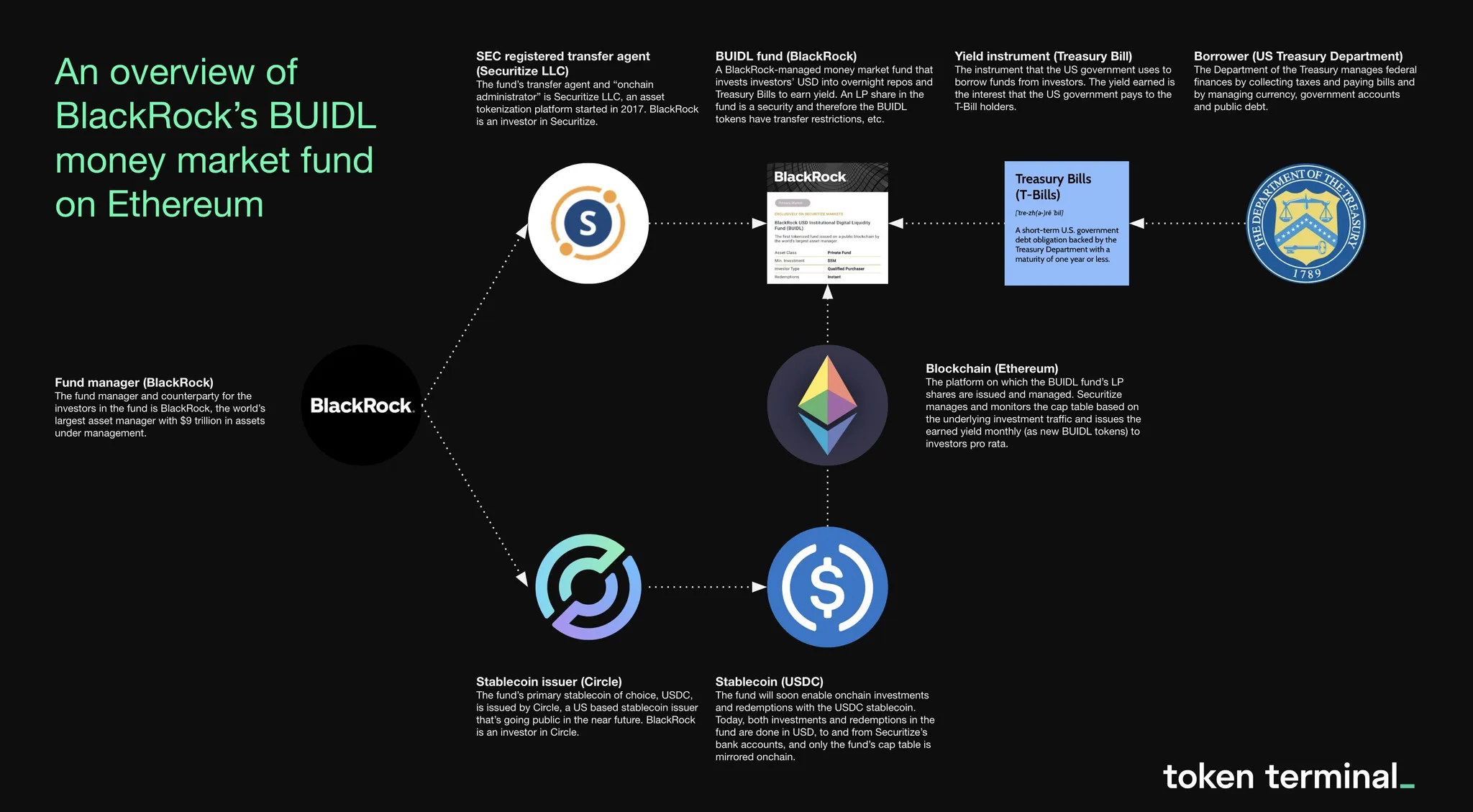
Source: X (@tokenterminal)
Since its inception, BUIDL has experienced remarkable growth, recently surpassing a significant milestone by crossing a market value of $550 million. This achievement makes it the first tokenized fund to exceed the half-billion-dollar mark in just over four months, establishing BUIDL as the largest fund of its kind. The fund's rapid expansion underscores the increasing interest and investment in tokenized treasuries.
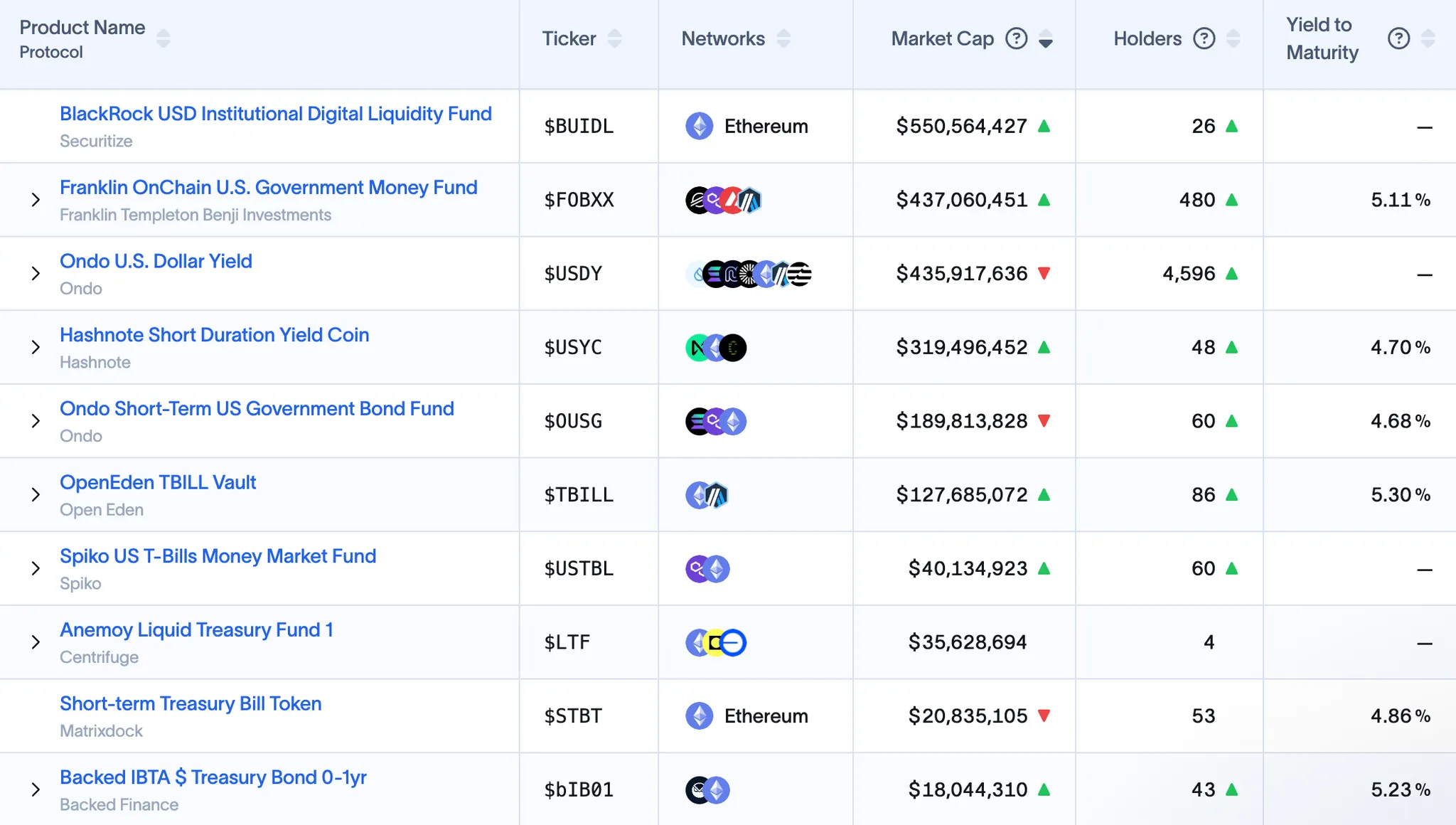
Source: RWA.xyz | Treasuries
The stablecoin landscape shows diverse strategies. Currently, three main trends are emerging:
High Yield-Bearing Stablecoin
Custom Stablecoin - Modular Stablecoin
Fintech Stablecoin - PayPal, Revolut, Robinhood
Yield-bearing stablecoins are gaining popularity, offering both stability and passive income. These assets generate returns through lending, staking, or low-risk investments. Ethena's sUSDe leads this trend with an active collateral management strategy, providing high yields. Other notable projects include MakerDAO's sDAI and Mountain Protocol's USDM, which offer daily yields comparable to high-yield savings accounts.
The attraction of yield-bearing stablecoins stems from their ability to counter inflation and maintain value. As interest rates have increased, these stablecoins have become more appealing, with some offering annual yields around 10%. Importantly, these high yields may persist even in a lower interest rate environment, for projects like Ethena that generate yields through basis trading.
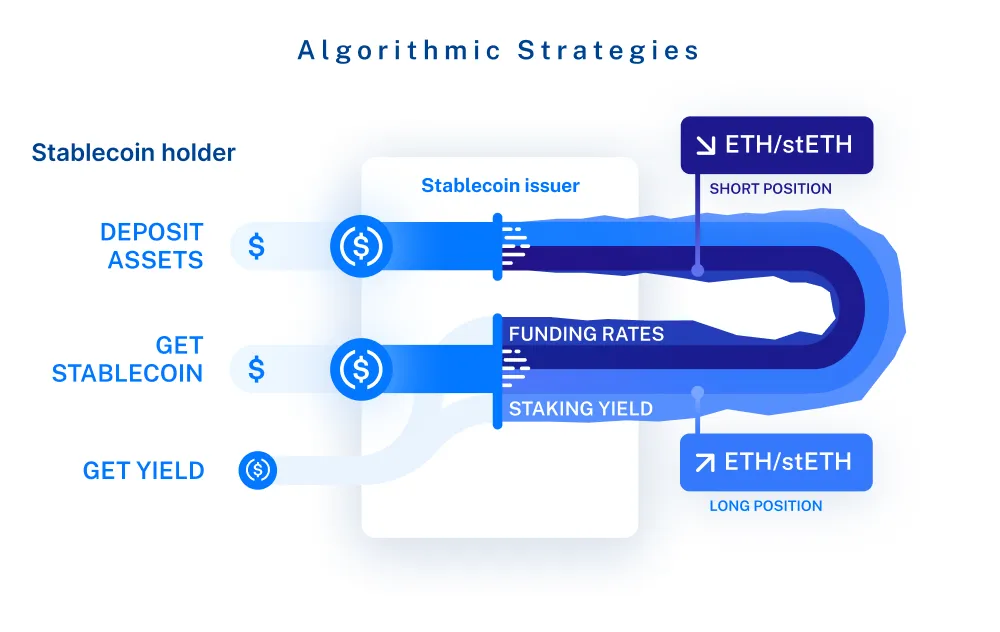
Source: The Rise of Yield-Bearing Stablecoins
Stablecoins need backing assets, or collateral. As these assets grow, they can earn passive income through safe investments like treasury bills. This potential has sparked interest in custom stablecoin creation, leading to new minting infrastructures.
The M^0 Foundation is developing a decentralized, multi-issuer stablecoin system. Their platform enables various institutions to create interchangeable cryptodollars while meeting local regulations. By linking collateral providers with minters, M^0 aims to boost asset liquidity and create a more adaptable stablecoin ecosystem.
M^0's approach uses short-term US treasuries as collateral, with built-in over-collateralization for added security. The system performs daily, on-chain proof-of-reserve checks. By making money issuance more accessible, M^0 seeks to offer a comprehensive solution for stablecoin creation.
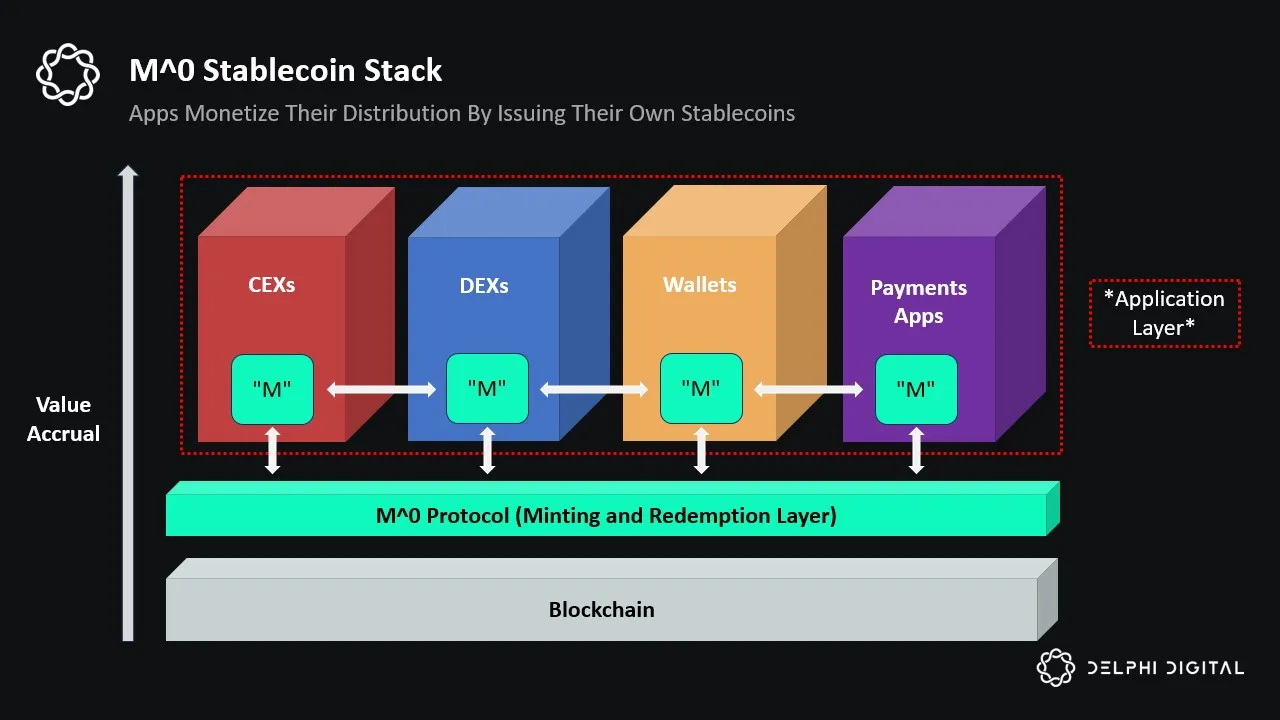
Source: A New Framework For Understanding Moats In Crypto Markets - Delphi Digital
Can stablecoins emerge in currencies other than USD? As minting and issuing technology advances, it may become easier for various currencies to create their own stablecoins. While regulatory challenges and currency-specific differences exist, this public infrastructure for stablecoin issuance could speed up development.
Major currencies like the Euro and Japanese Yen are now joining the stablecoin market. This offers more options for global users in holding different currencies. For instance, stEUR is a new Euro-based stablecoin that uses a tokenized EU money market fund.
These diverse stablecoins let users hold digital assets tied to their preferred currency, reducing risks from exchange rate changes. However, USD stablecoins still dominate with a 99.7% market share. It will take time for other currencies to gain ground in this market.
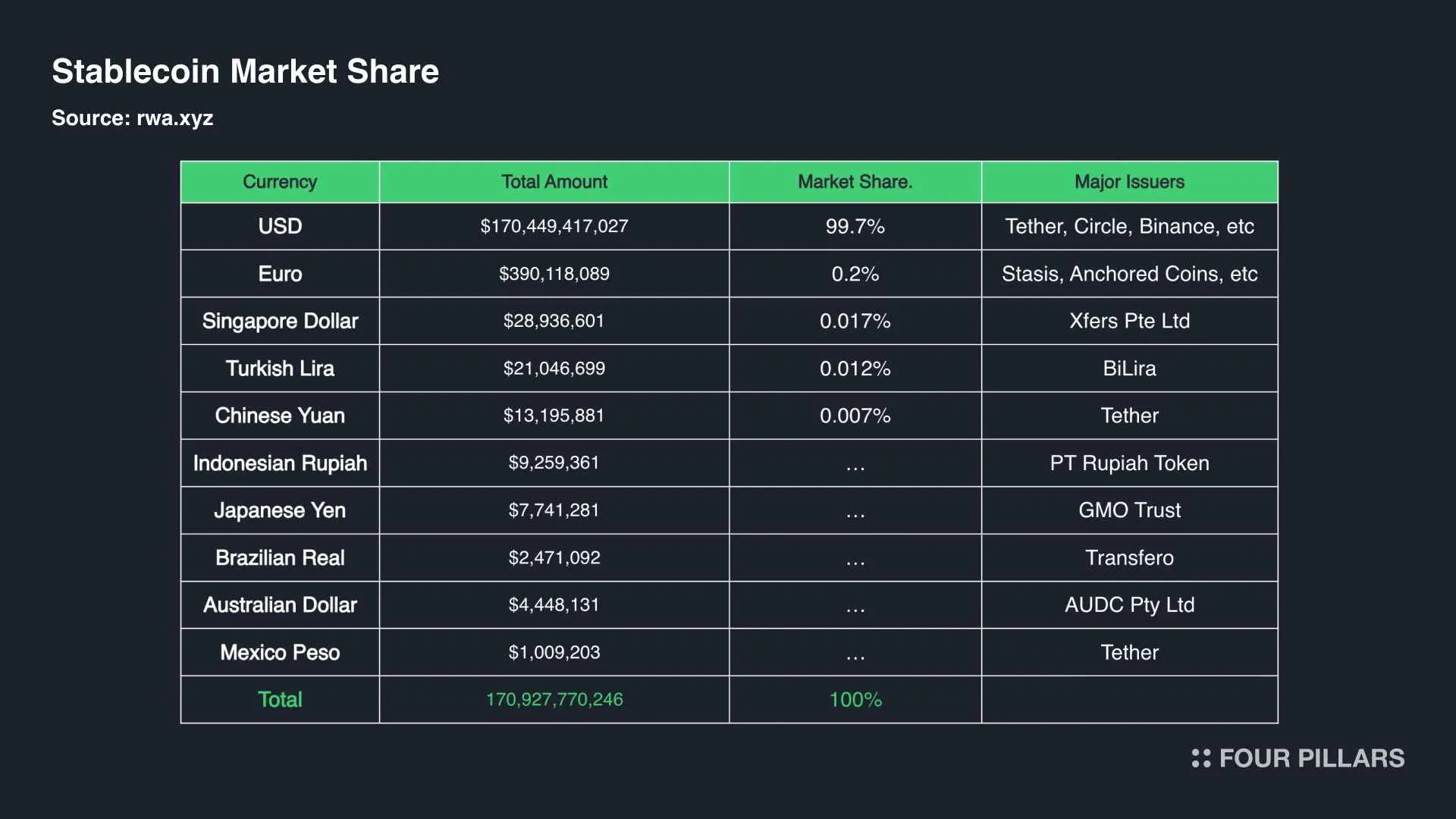
Source: Synergy Between Japanese Yen Stablecoins and Recent Innovations | Four Pillars
Fintech giants are increasingly exploring the stablecoin space, eyeing its potential for revenue growth and improved cross-border payments. Robinhood and Revolut are among those considering their own stablecoins, anticipating that stricter regulations in Europe and beyond will create opportunities in the digital-asset sector.
This move signals a growing overlap between traditional fintech and the crypto industry. As established fintech players enter the stablecoin market, we could see wider adoption and integration of these digital assets in mainstream finance. PayPal's PYUSD stablecoin, launched in 2023 and now boasting a market cap over $250 million, exemplifies this trend. The influx of fintech companies into the stablecoin space may spark increased competition and innovation, potentially leading to a diverse landscape where various financial apps operate their own tokens.
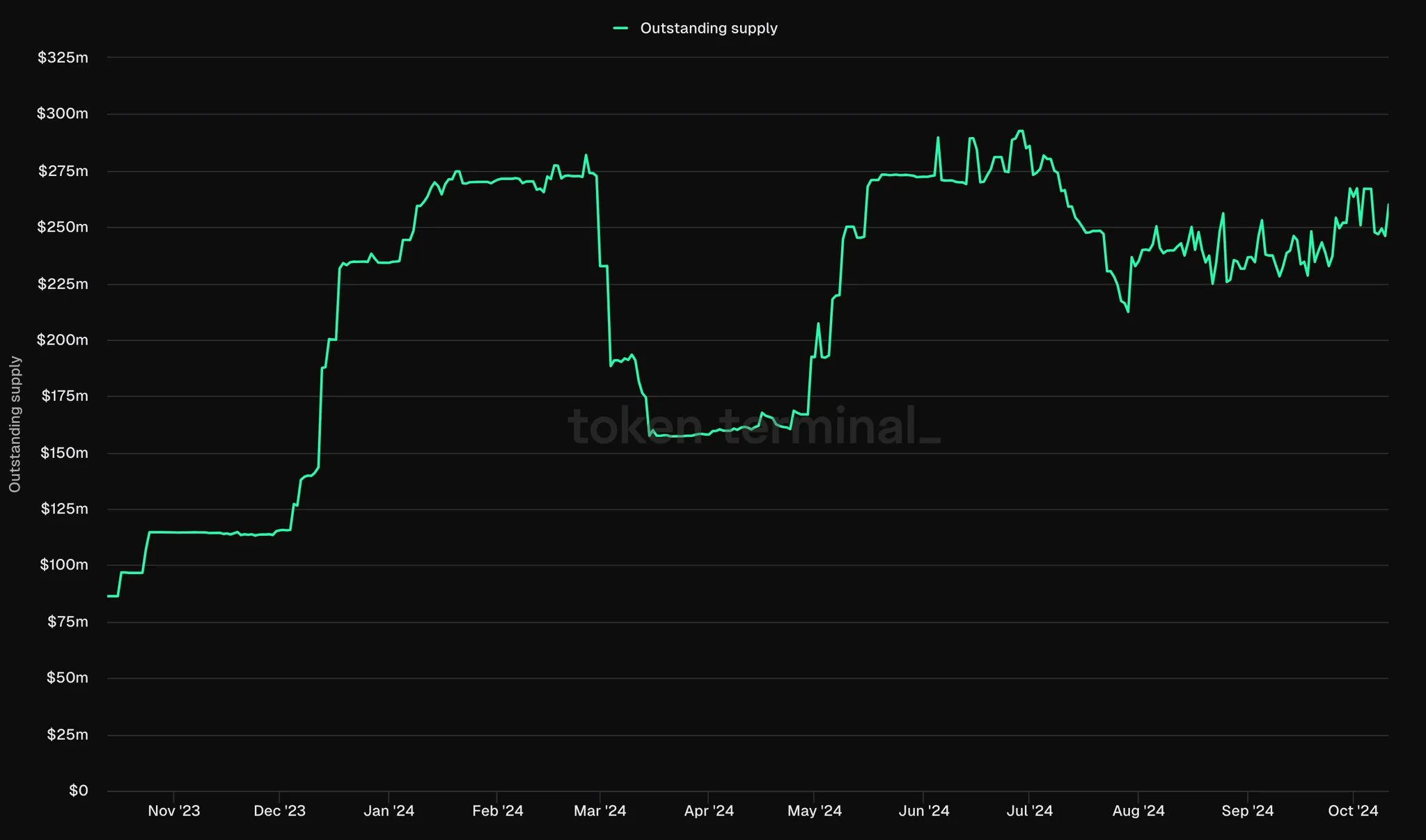
Dive into 'Narratives' that will be important in the next year